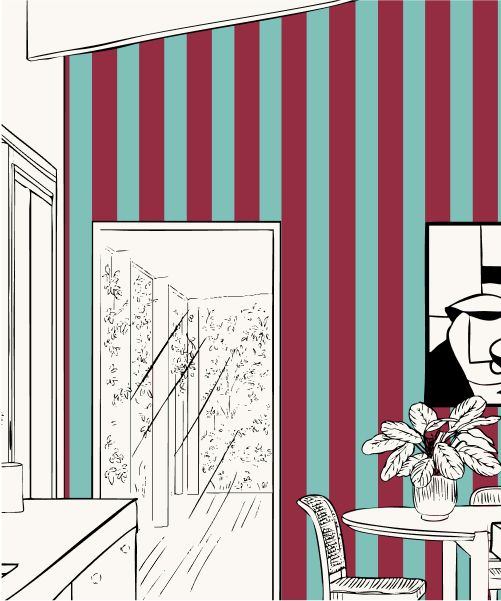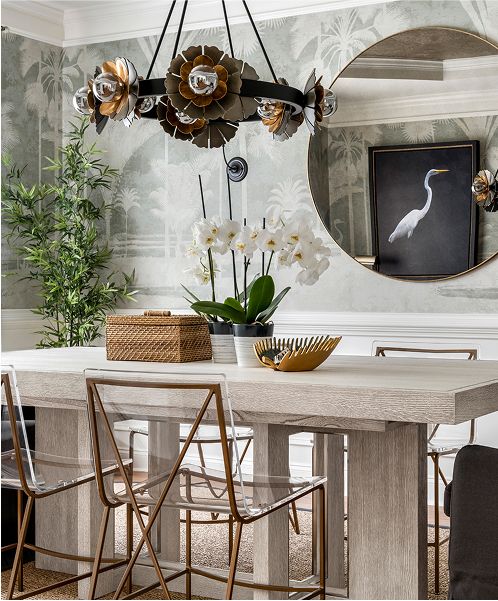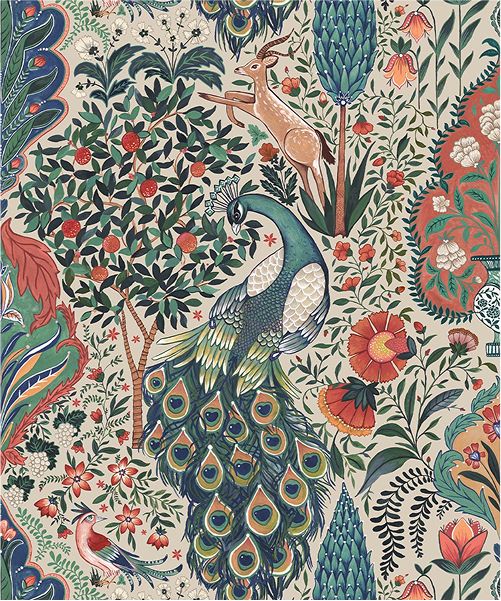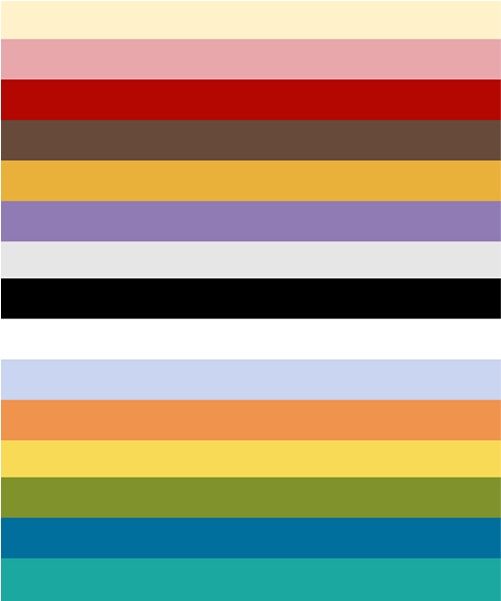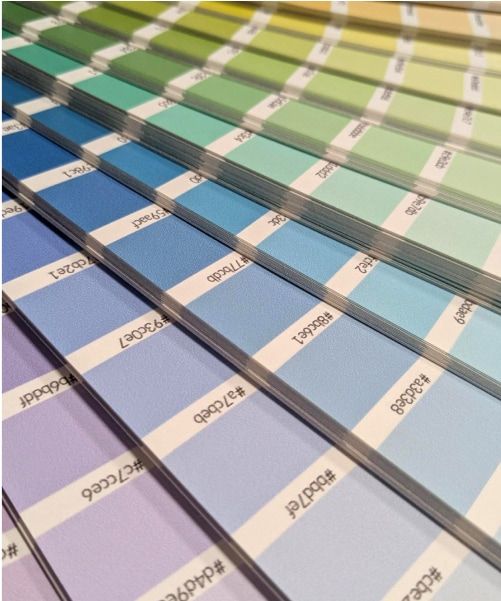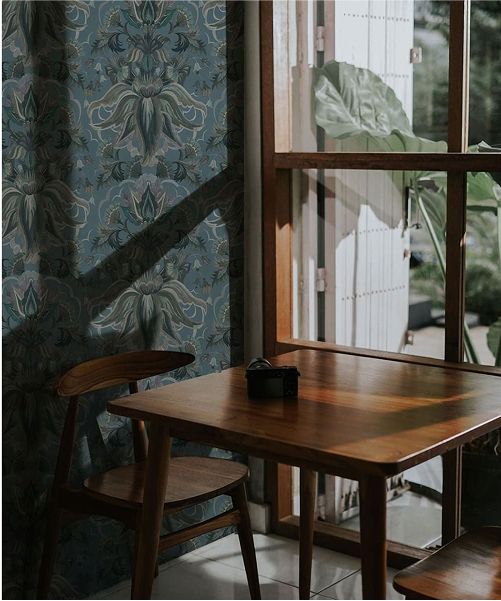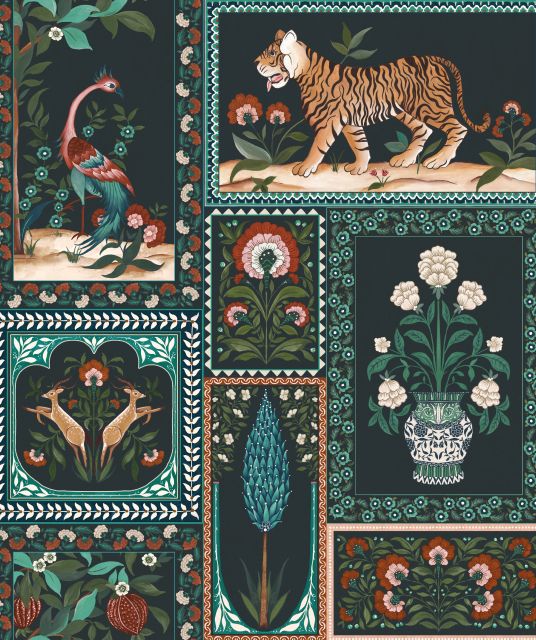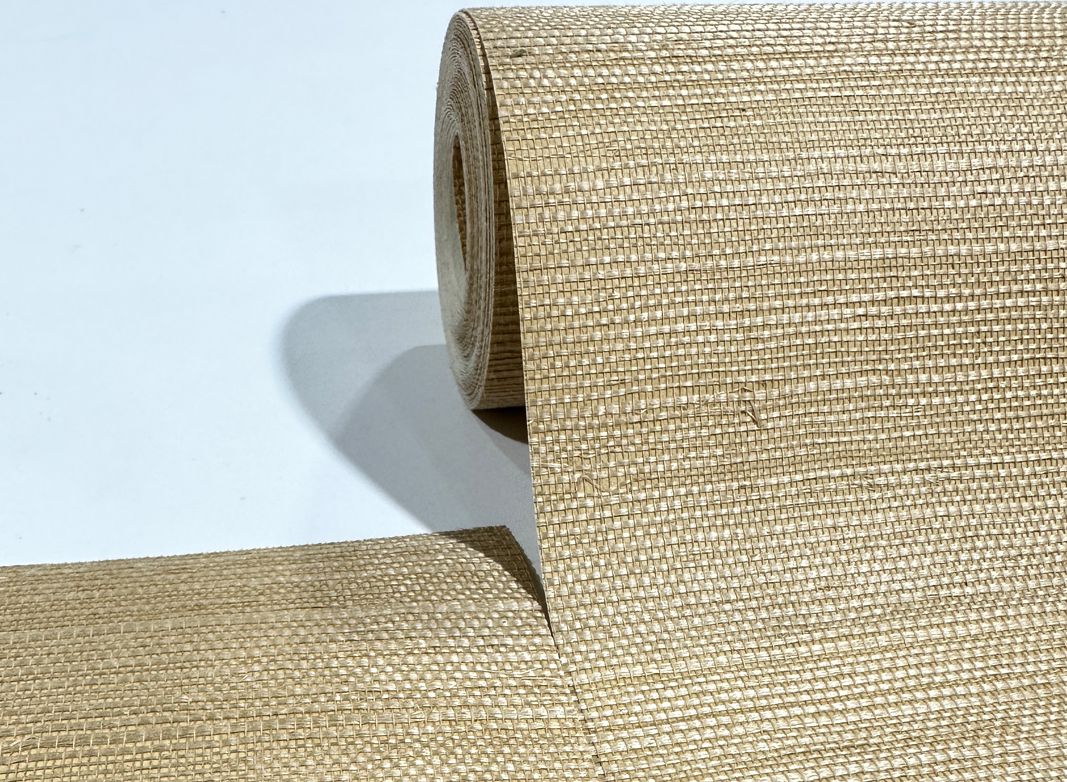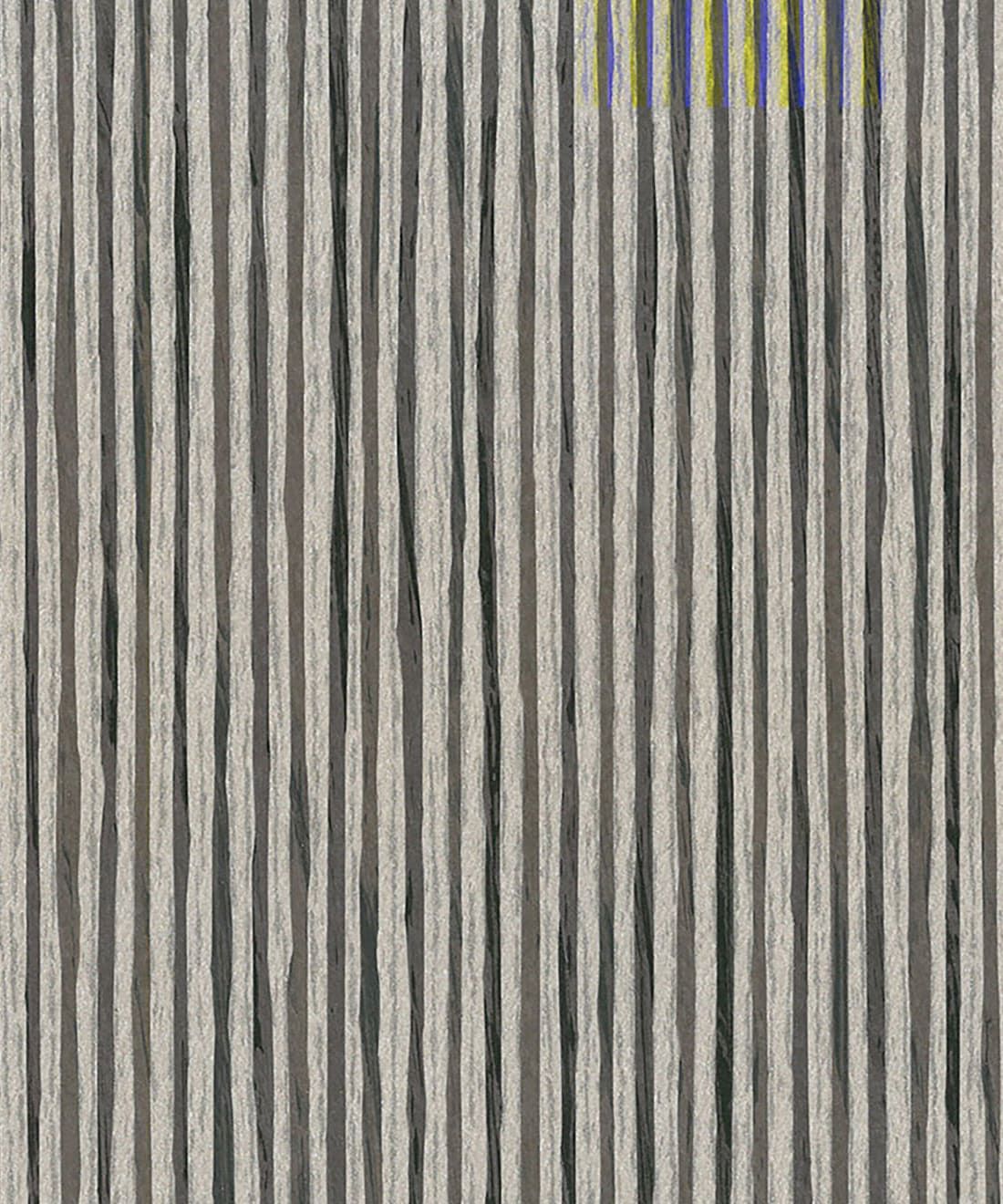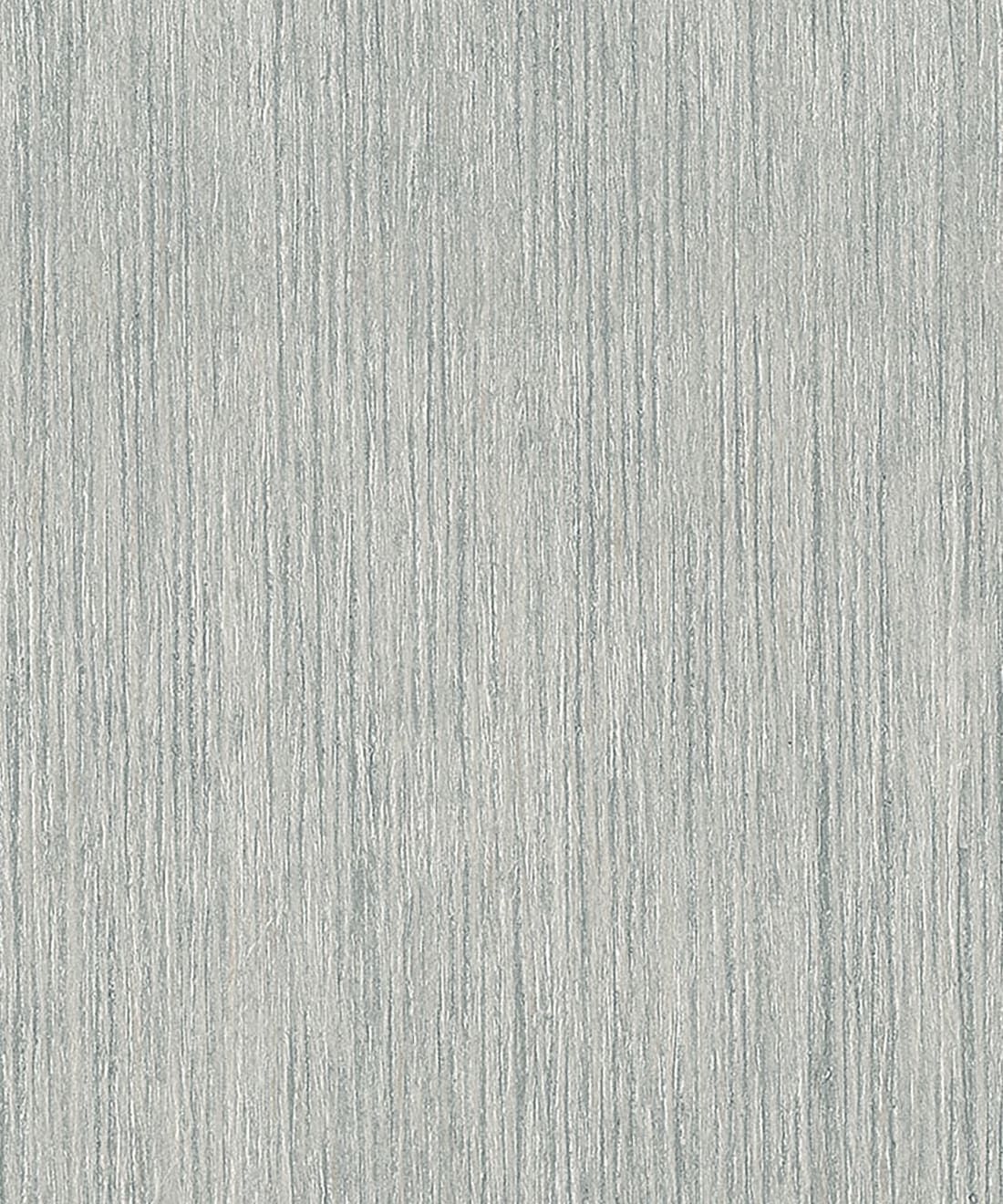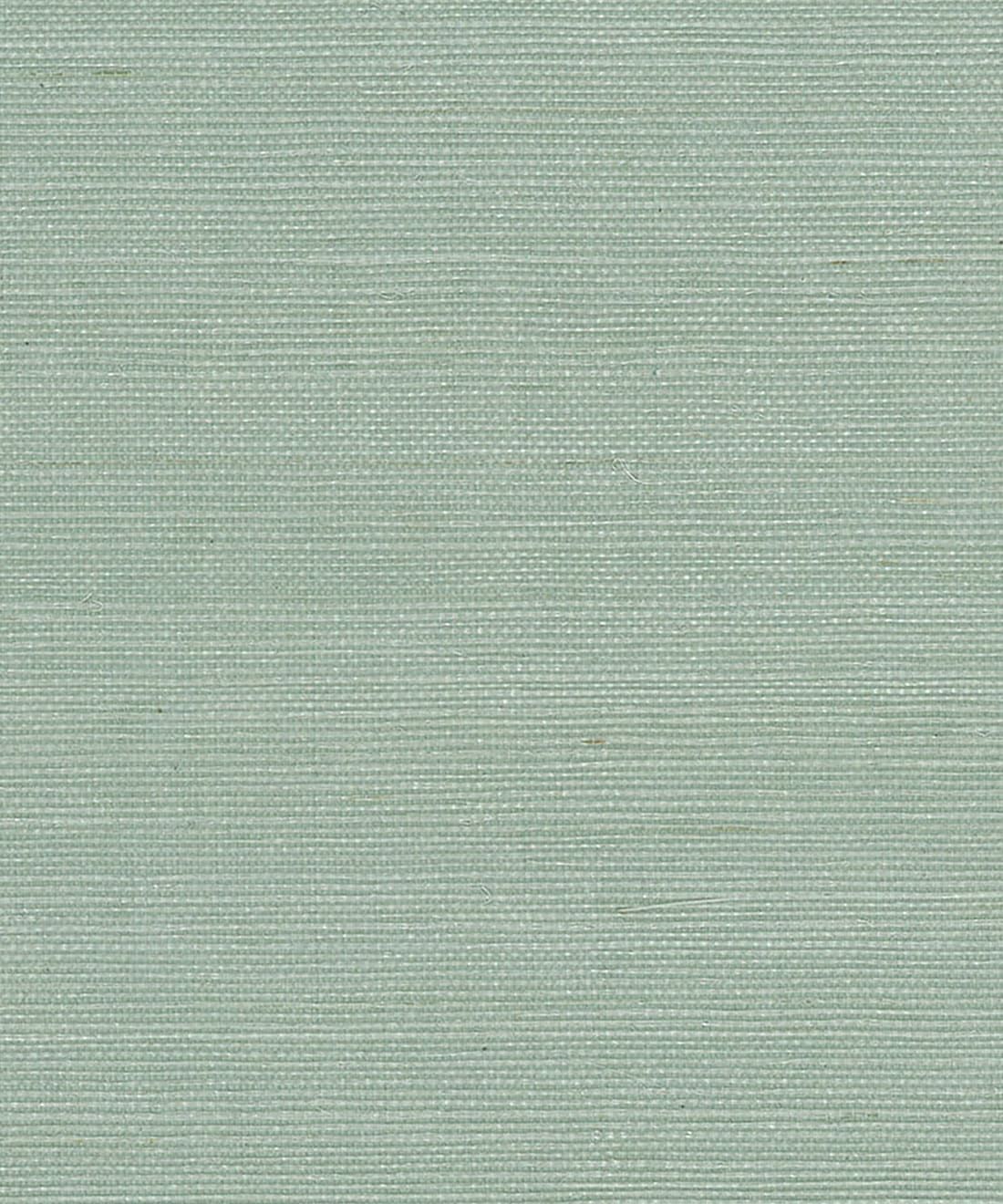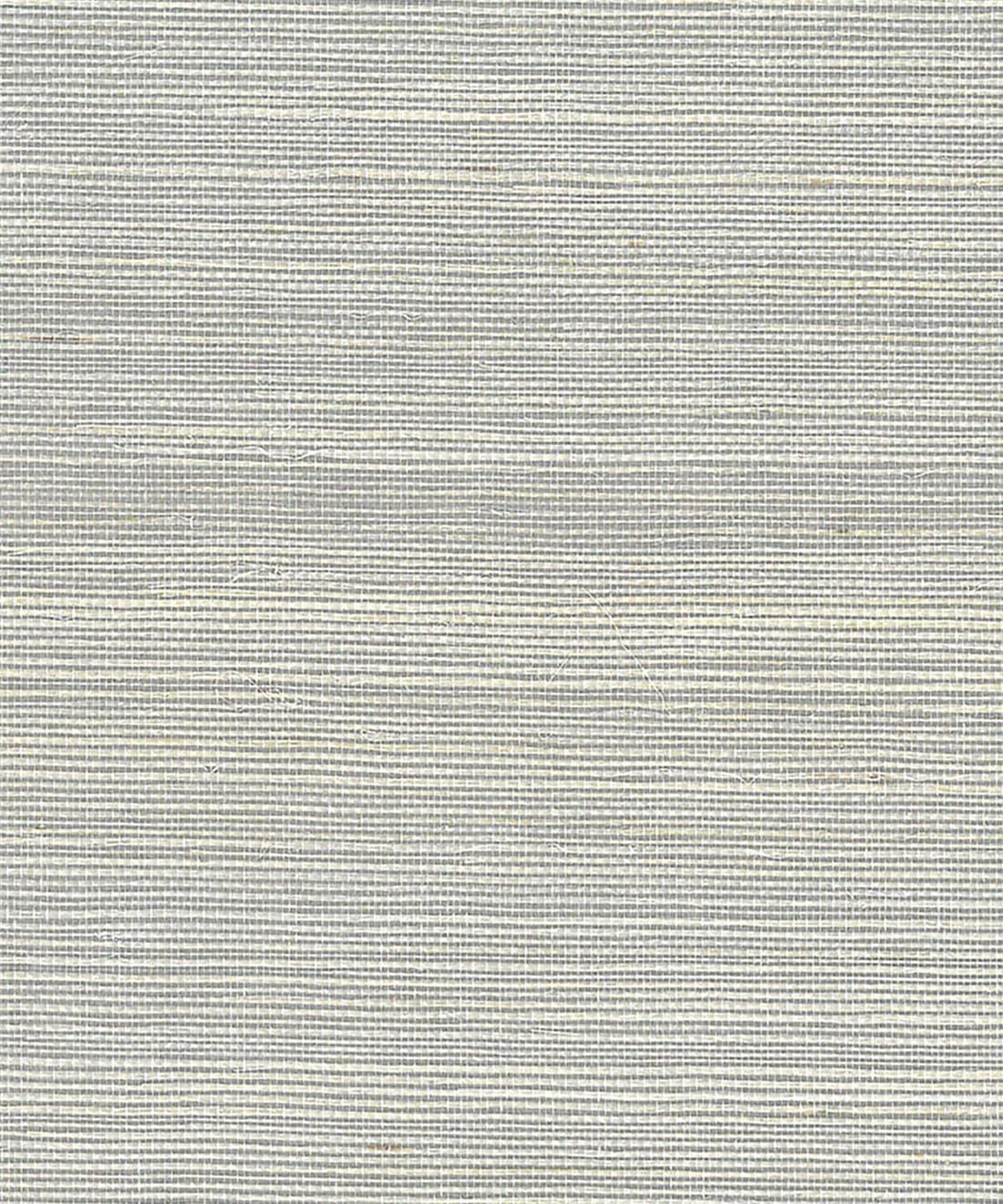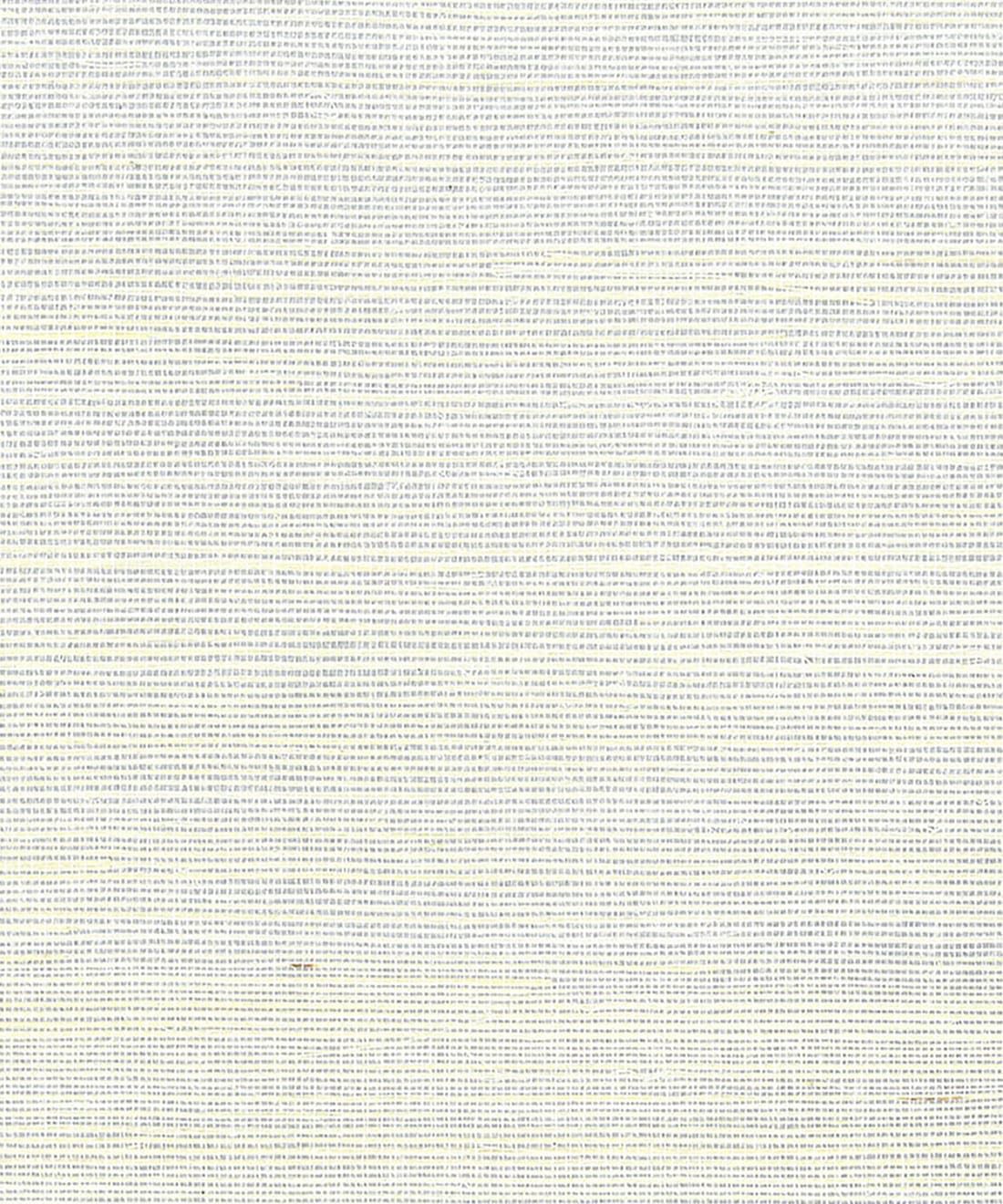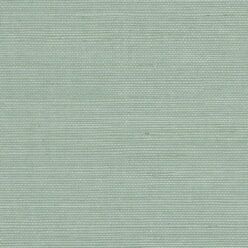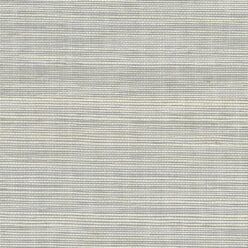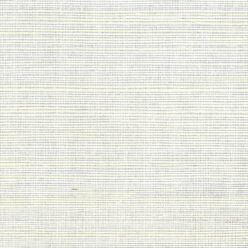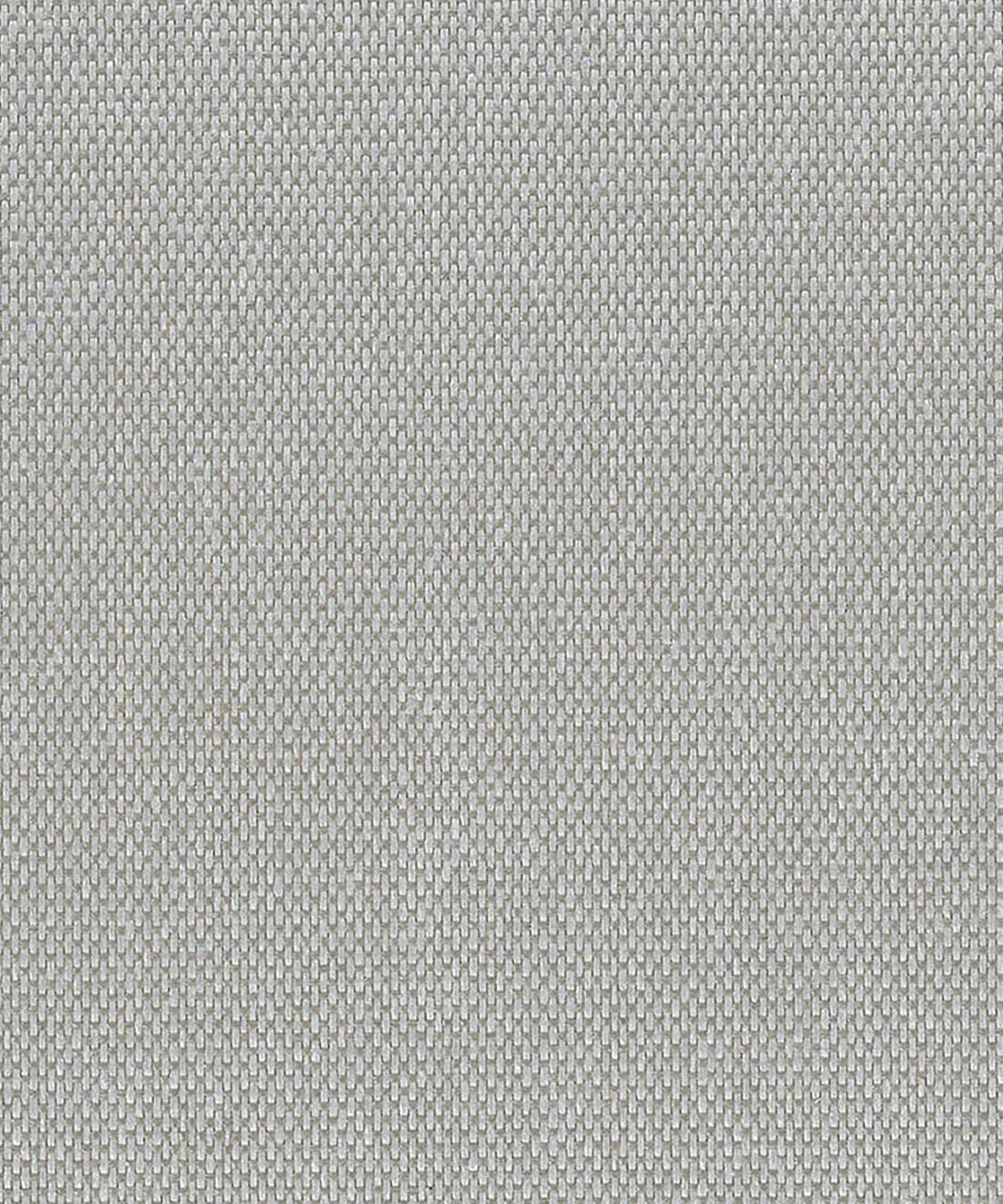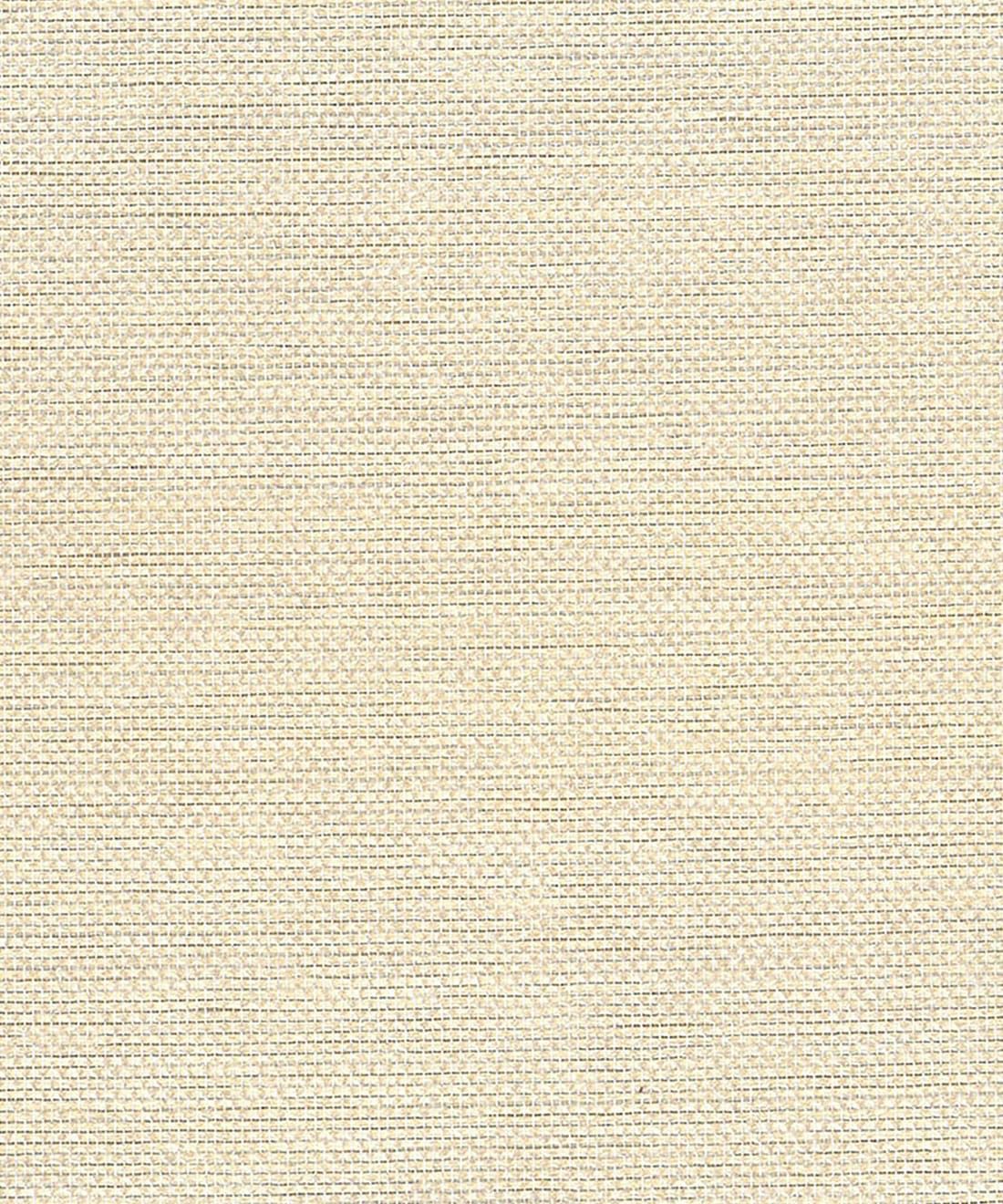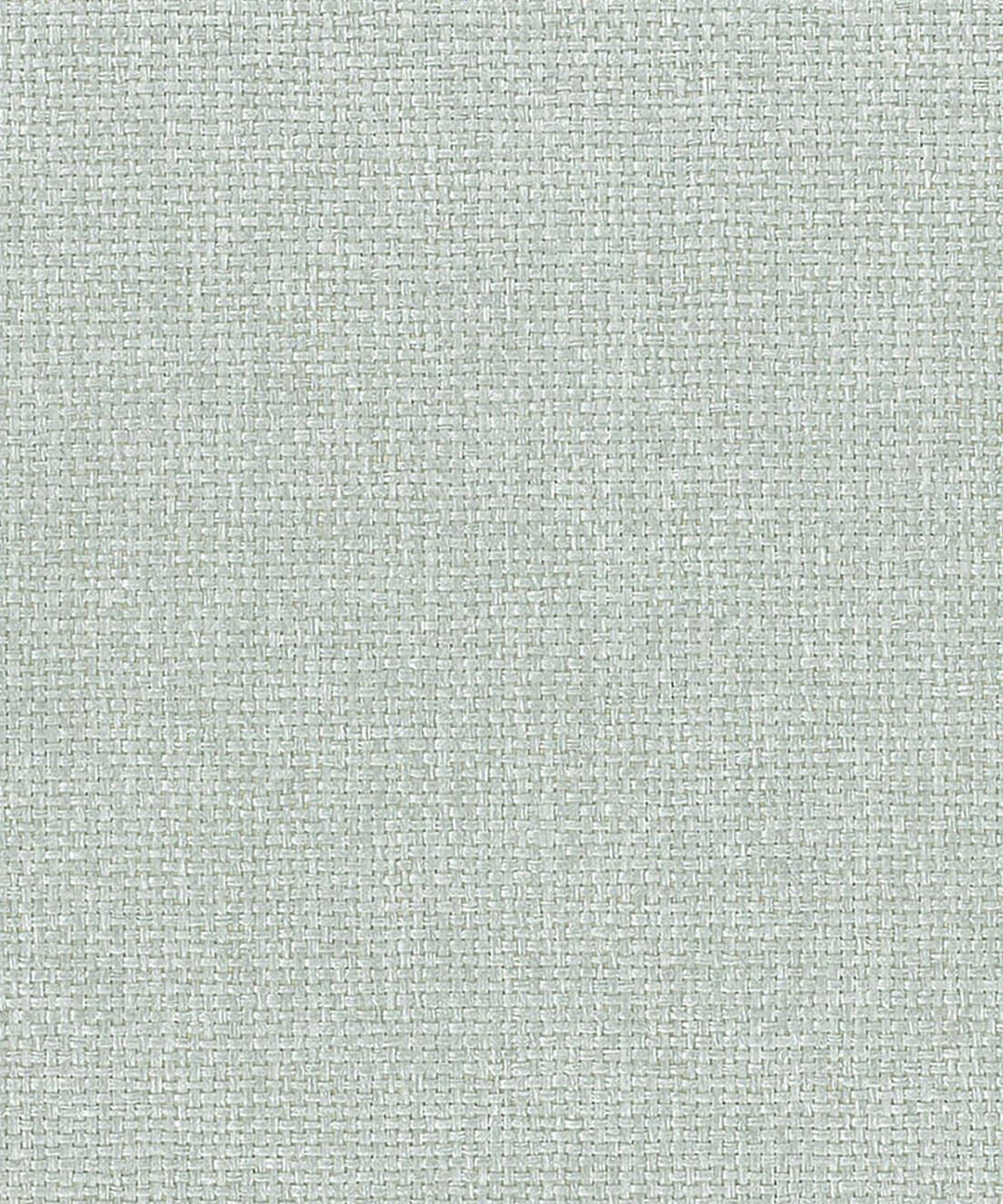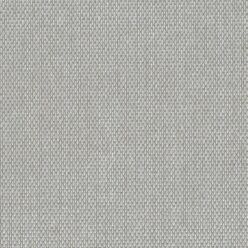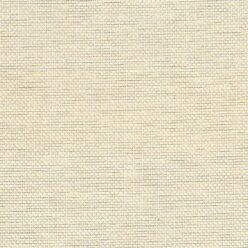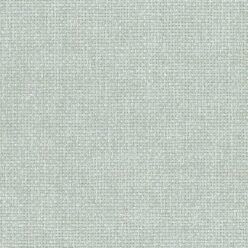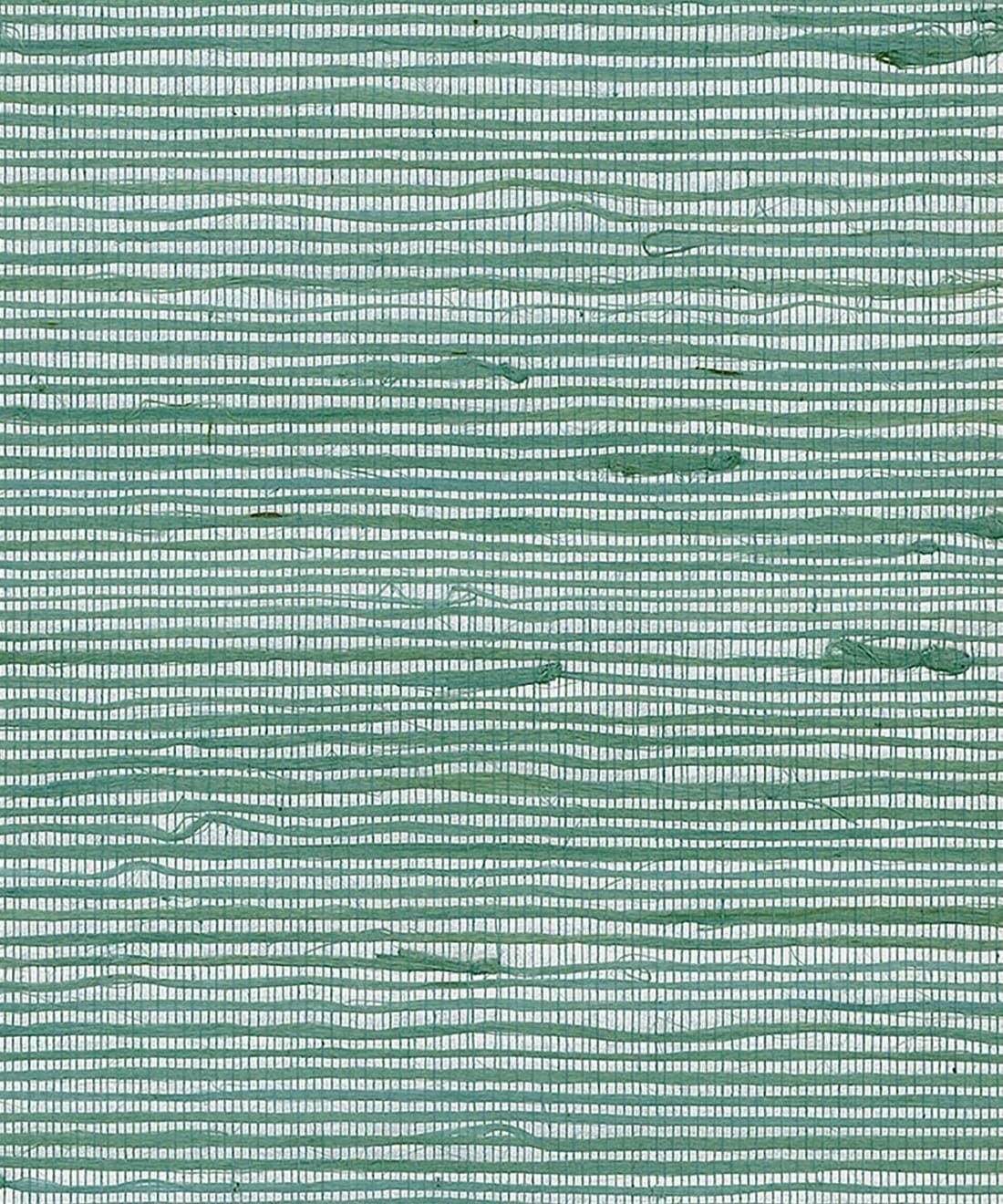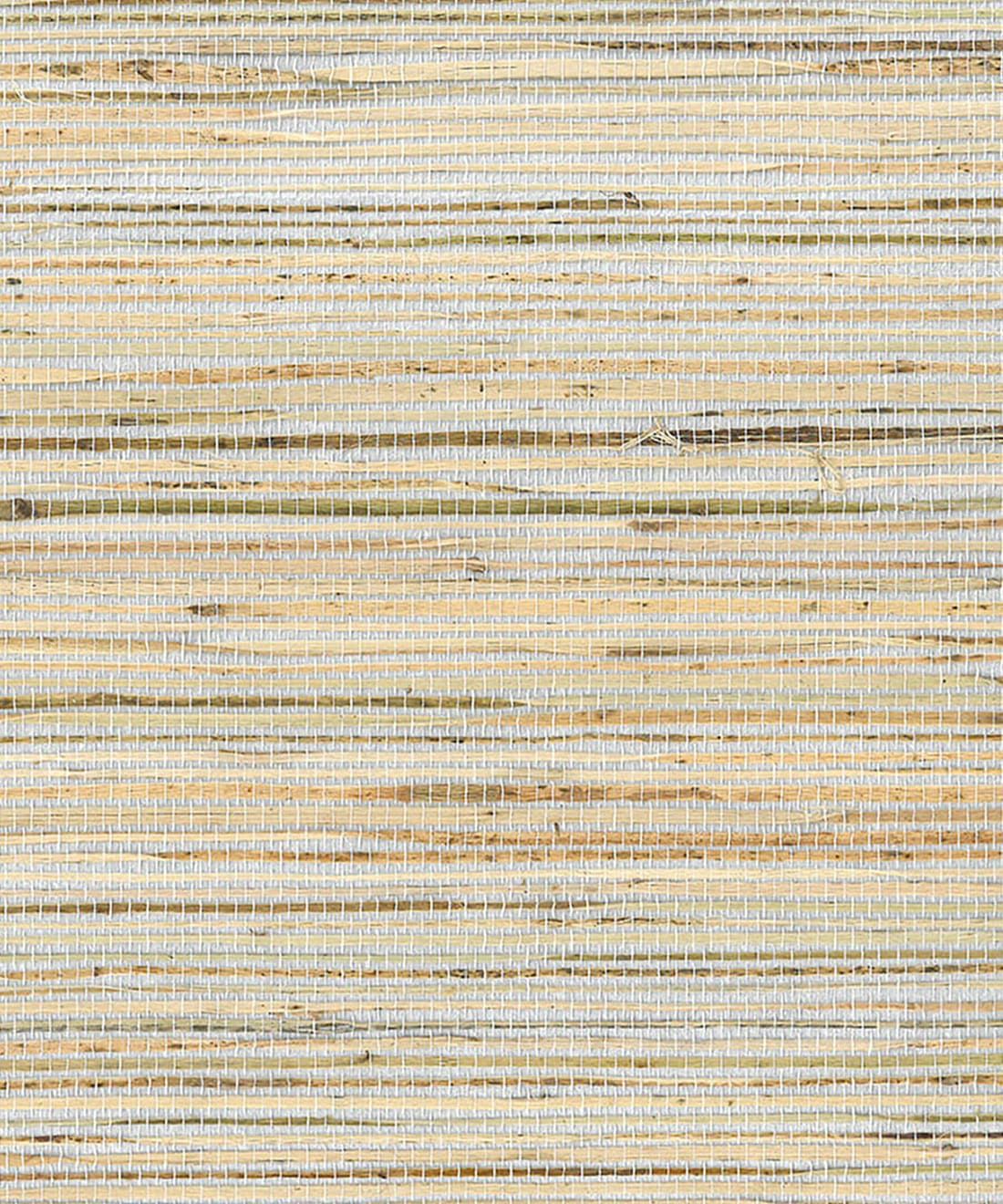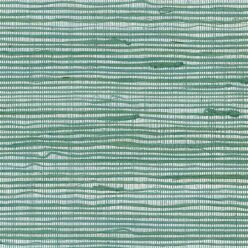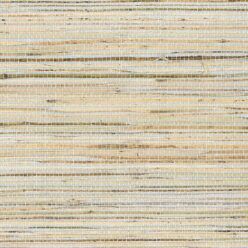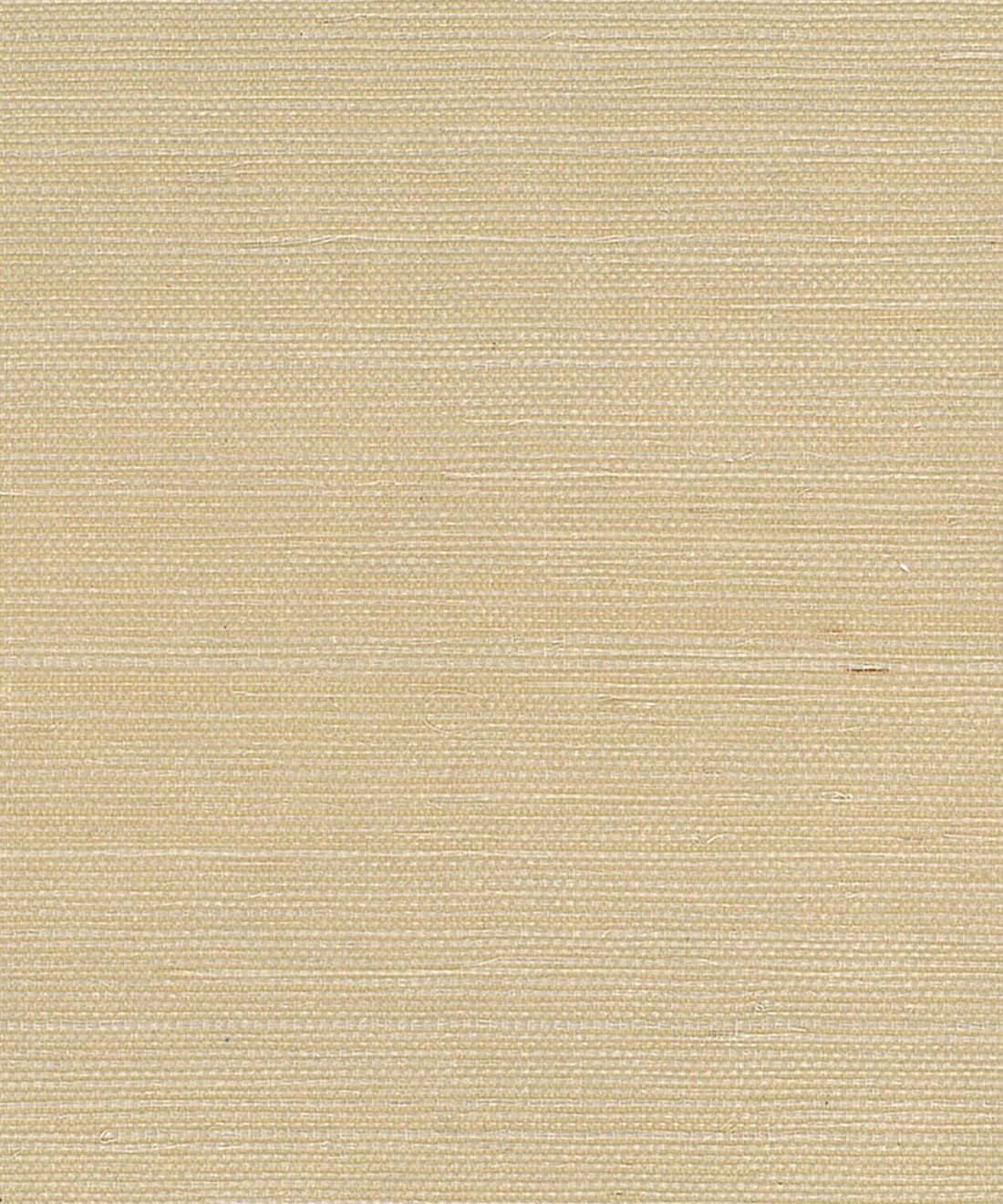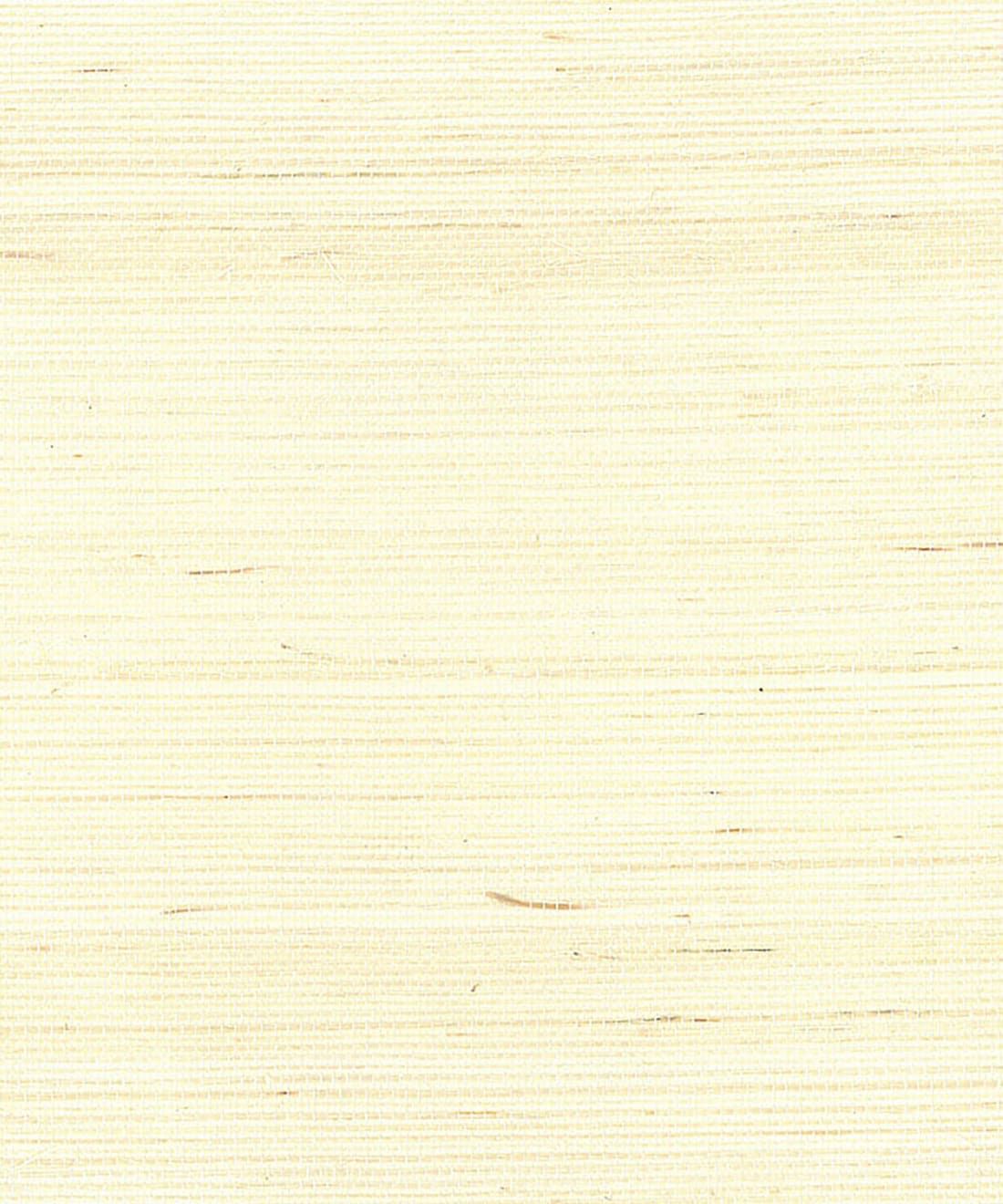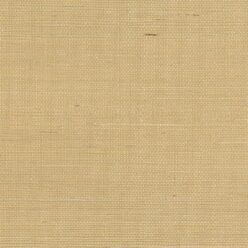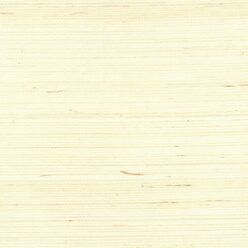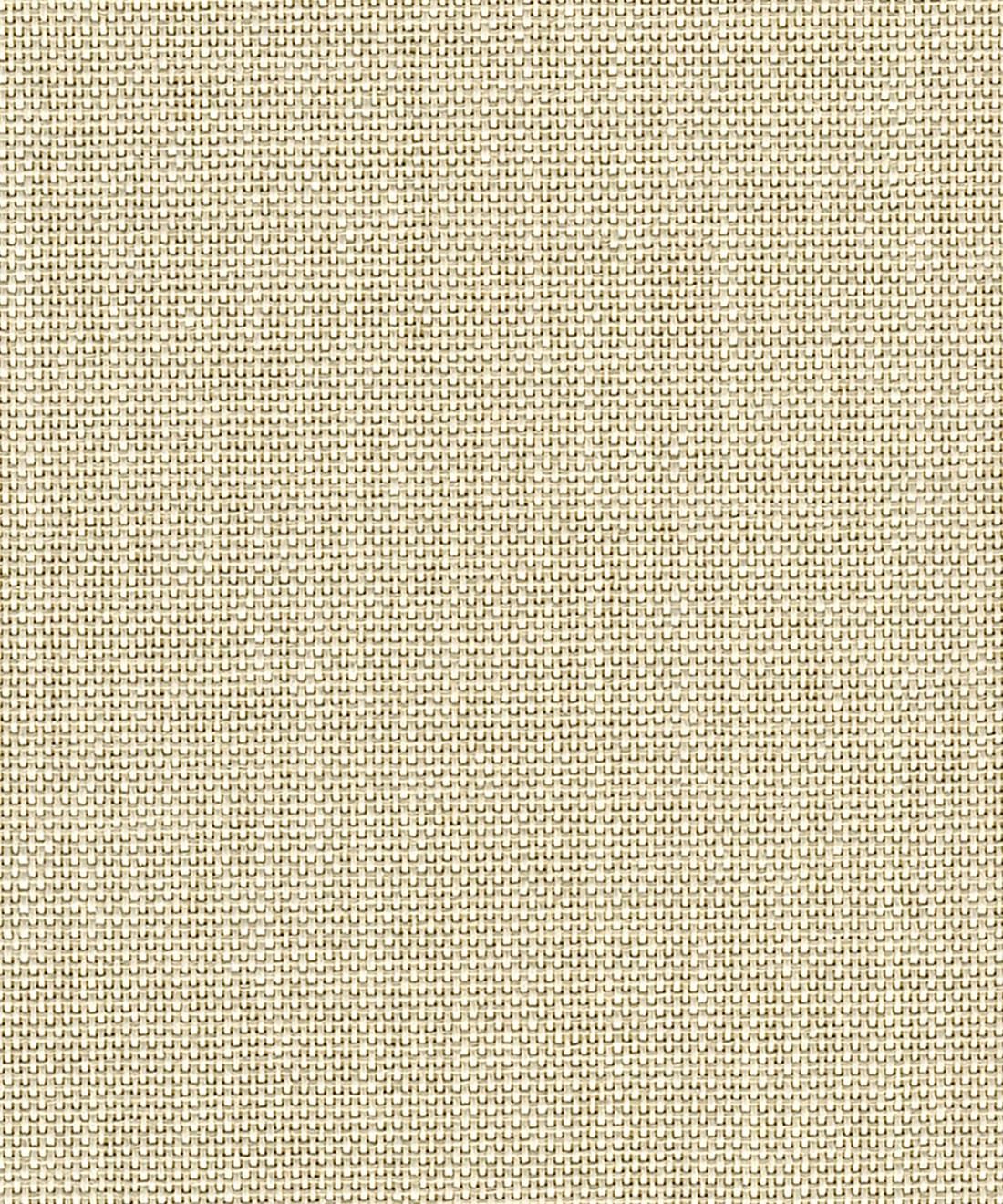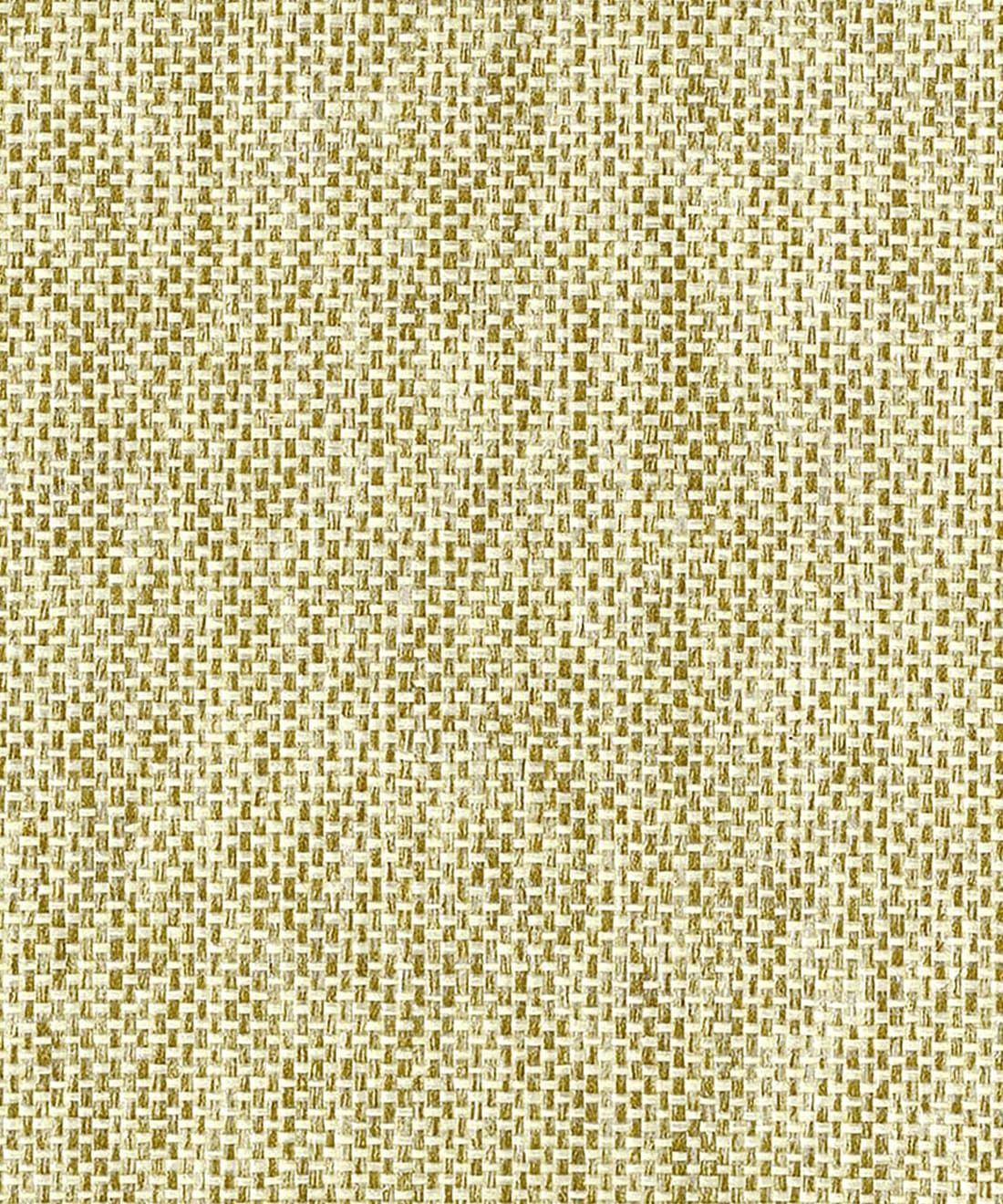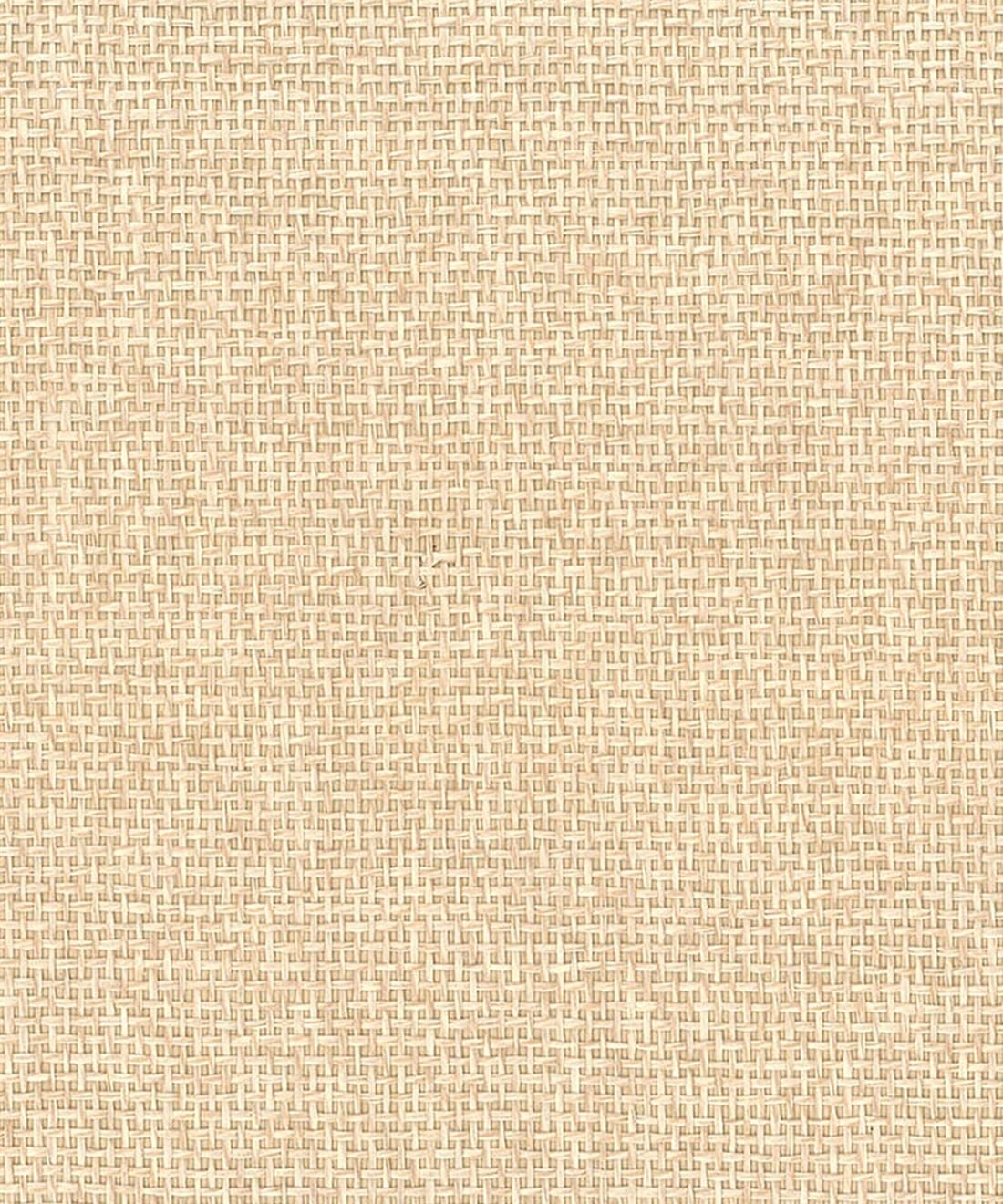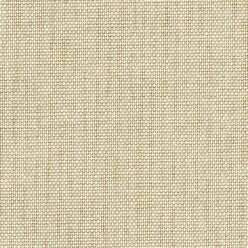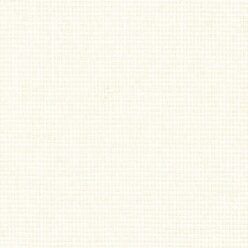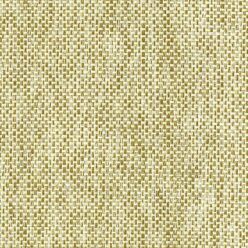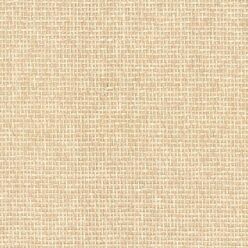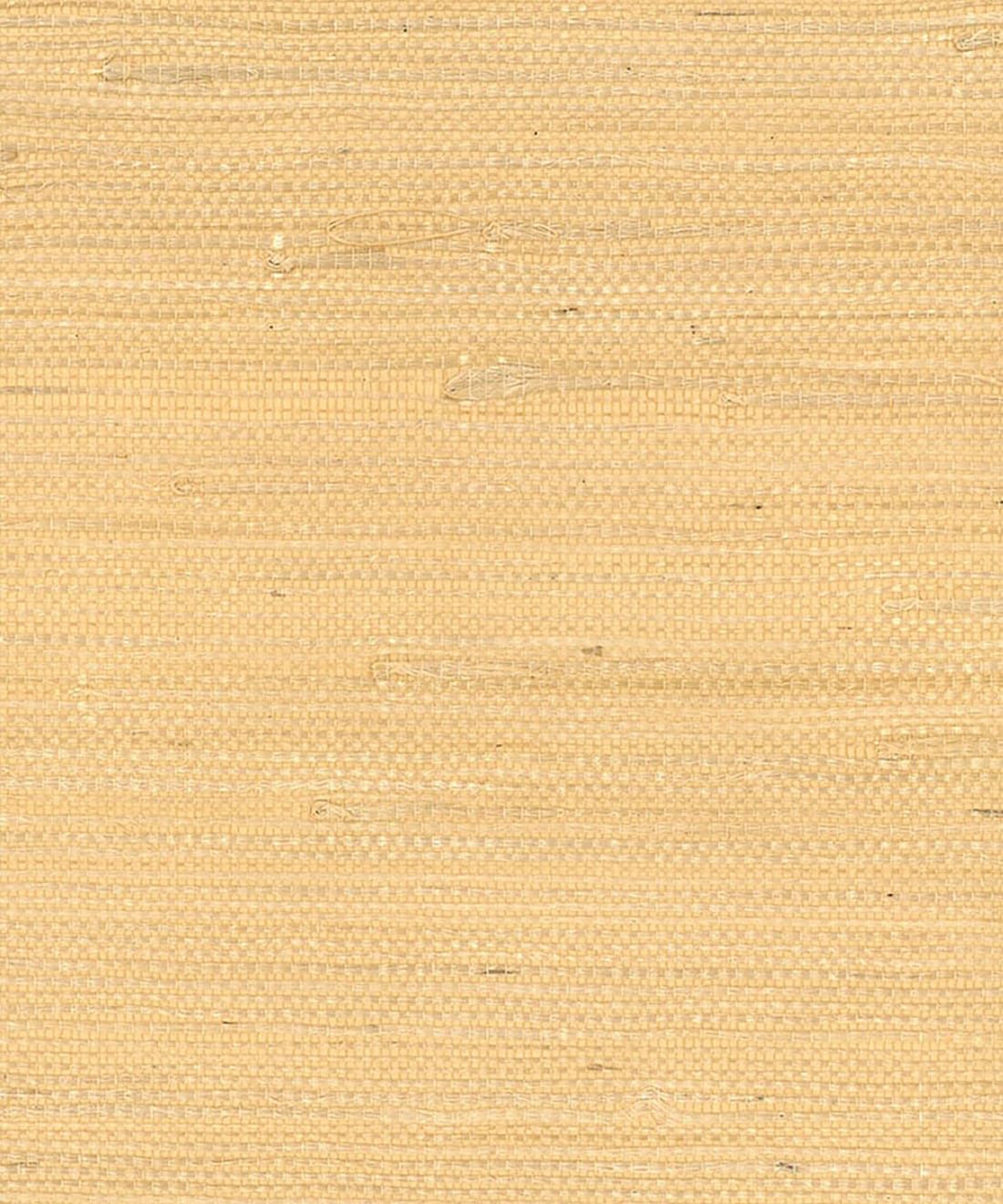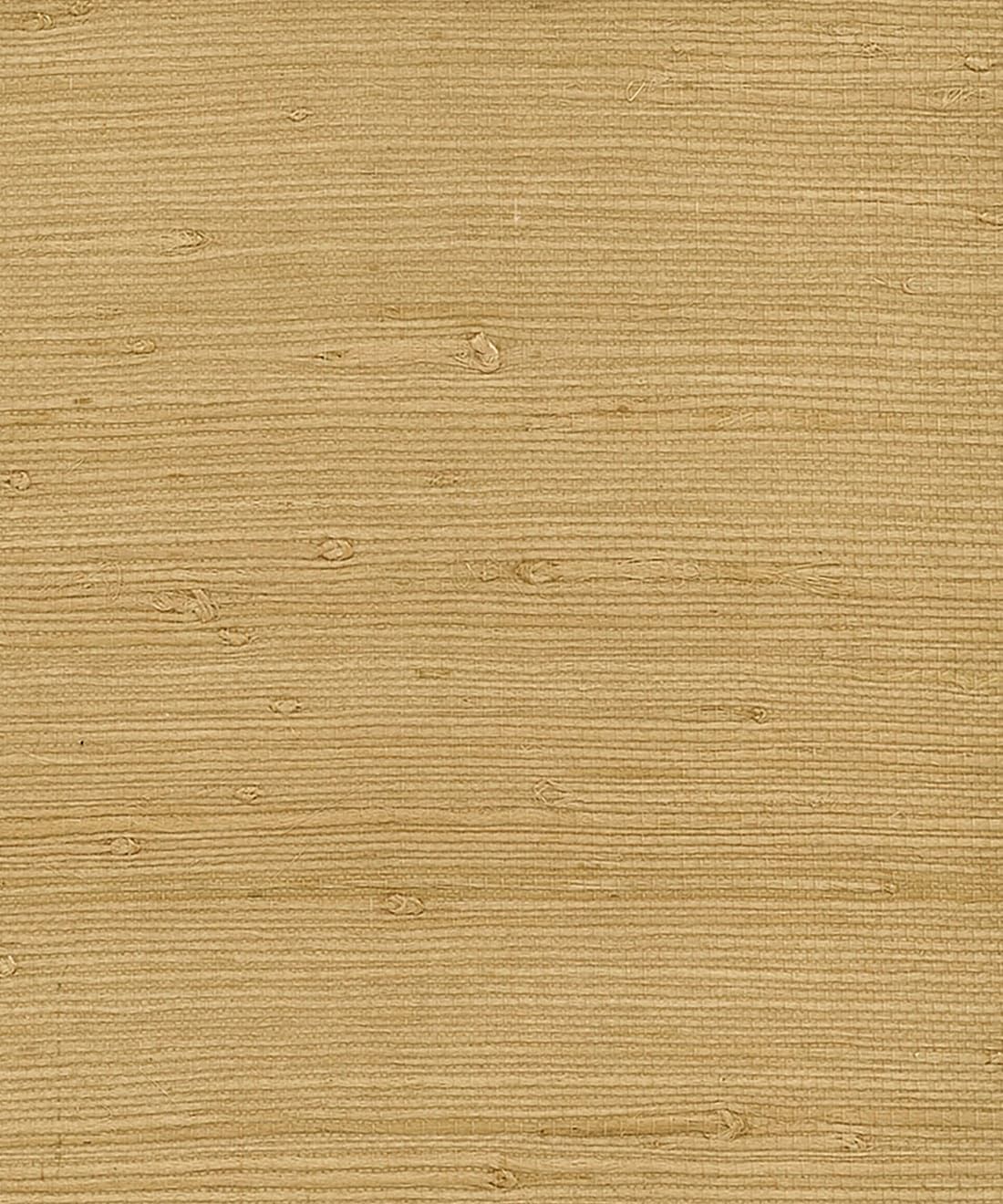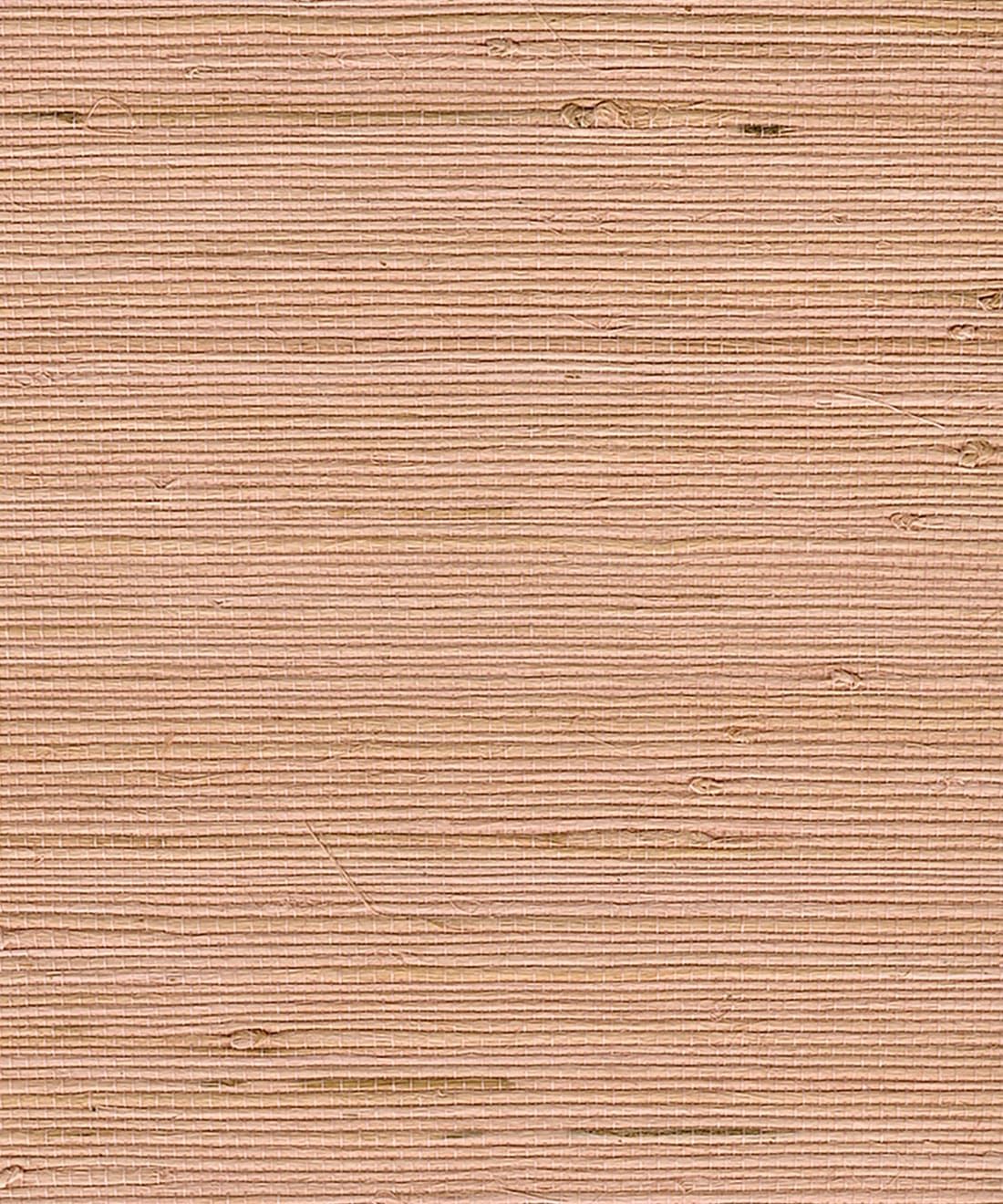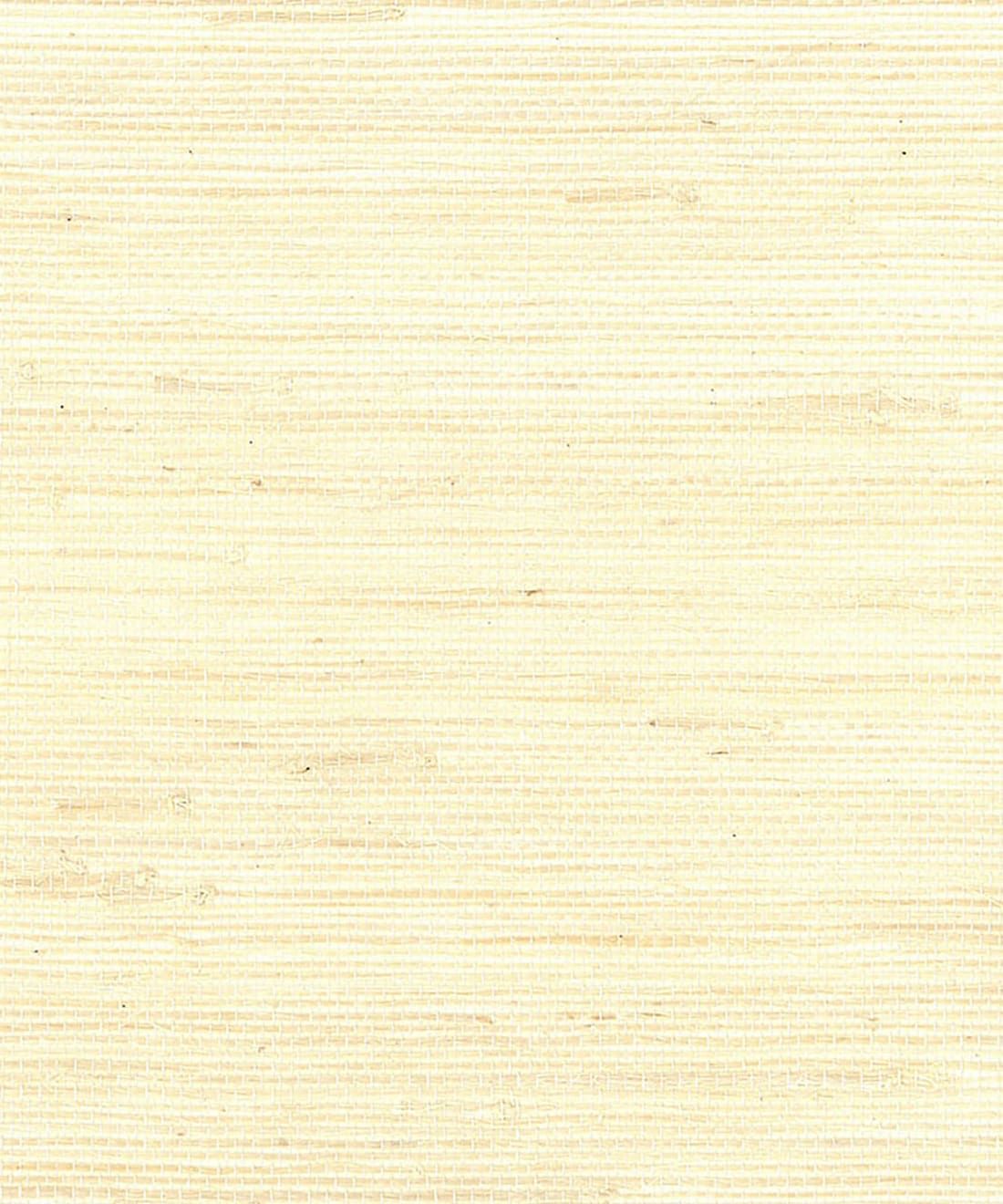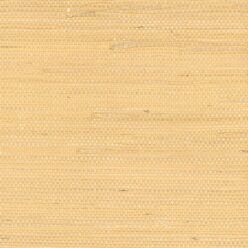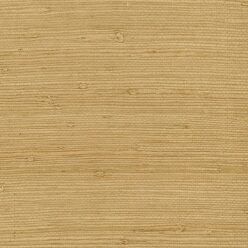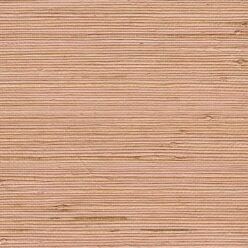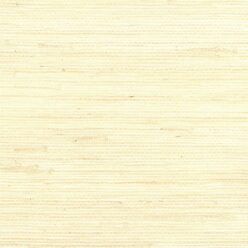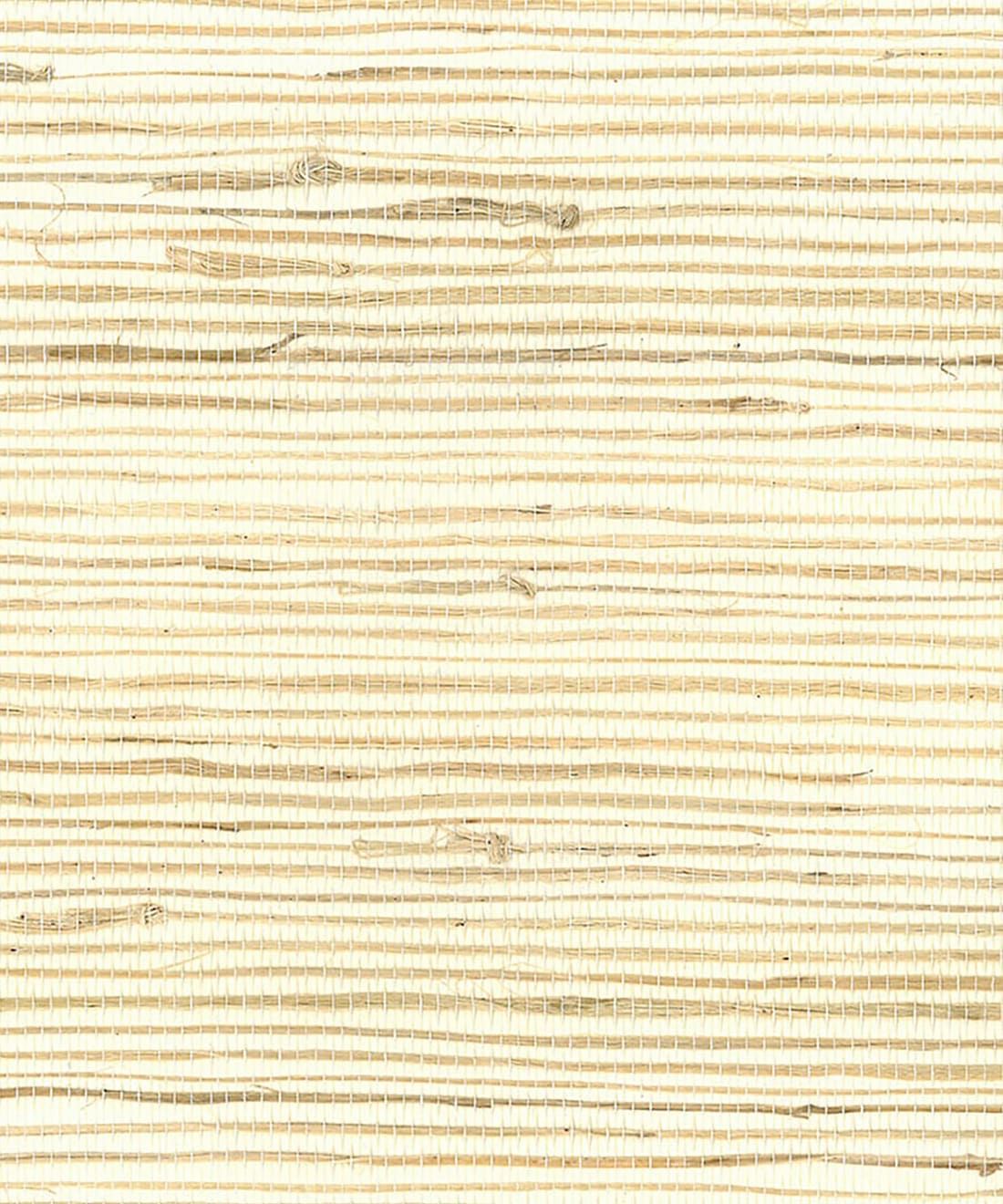Types of Grasscloth Wallpapers
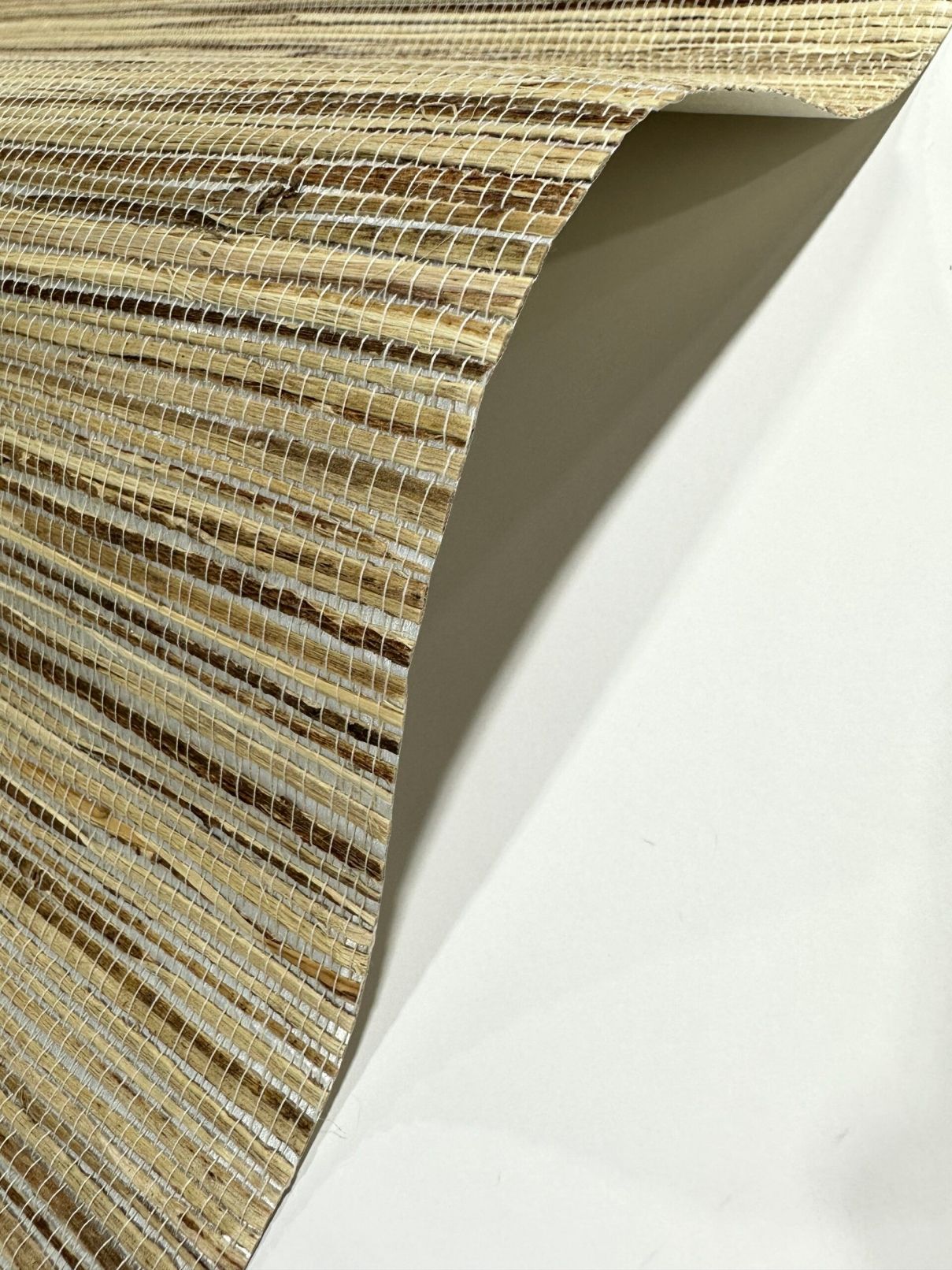
Jute Grasscloth
Jute is the bark taken from the white jute plant. It is often used to create products with a burlap texture. Jute is one of the softer grasscloths. While it comes in a number of different colors, the organic weave can provide a unique feature. The Summer Jute Grasscloth Wallpaper in Silver offers both an organic look with a glimpse of shimmer amongst the weave.
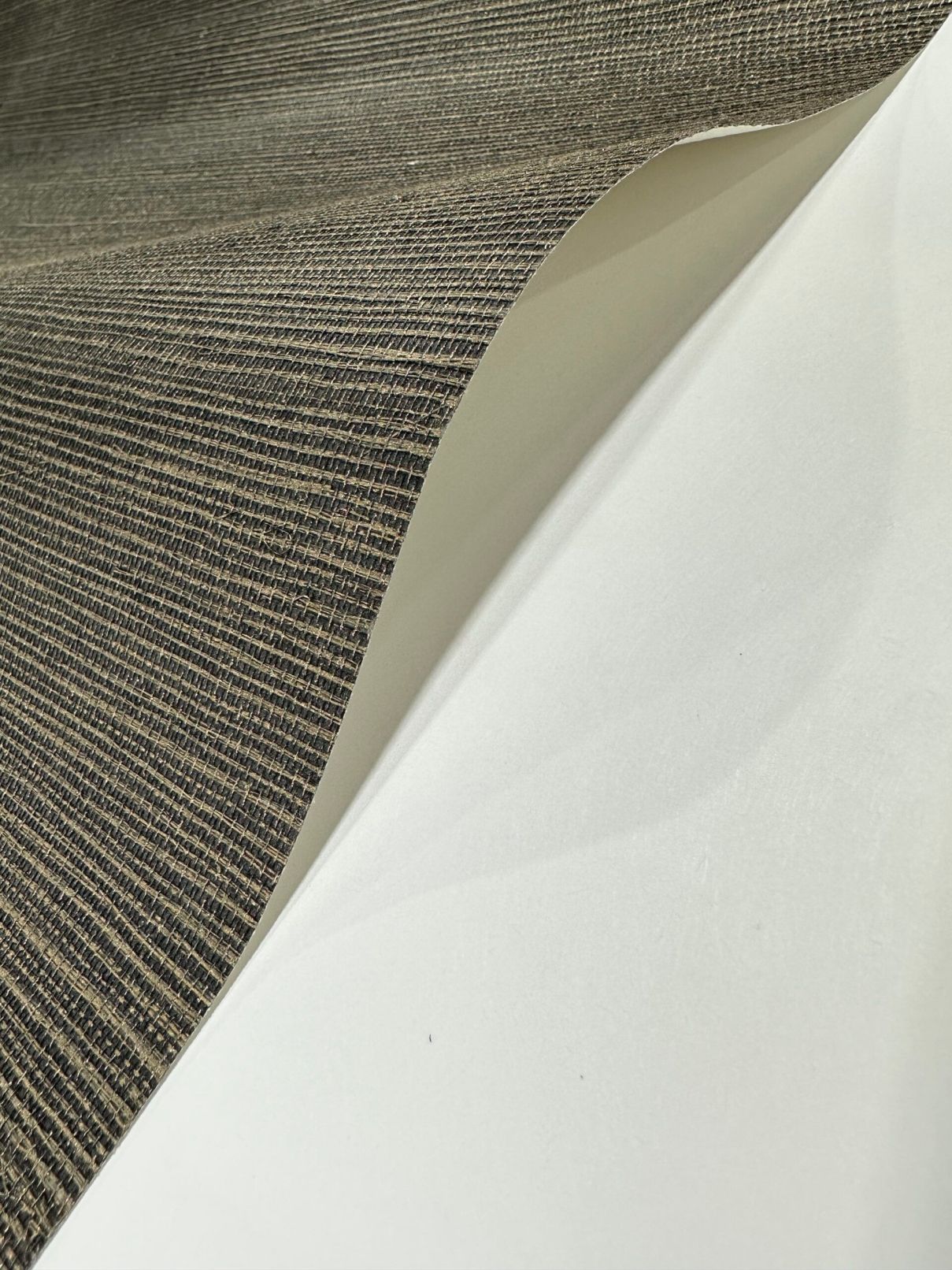
Sisal Grasscloth
Sisal is a flowering plant native to southern Mexico, but its uses spreads far and wide for everything from rugs to ropes. It is coarser and more durable than Jute. Sisal Grasscloths tends to feature a tightly woven fabric appearance offering an attractive texture like the above Winter Sisal Grasscloth design in Black.
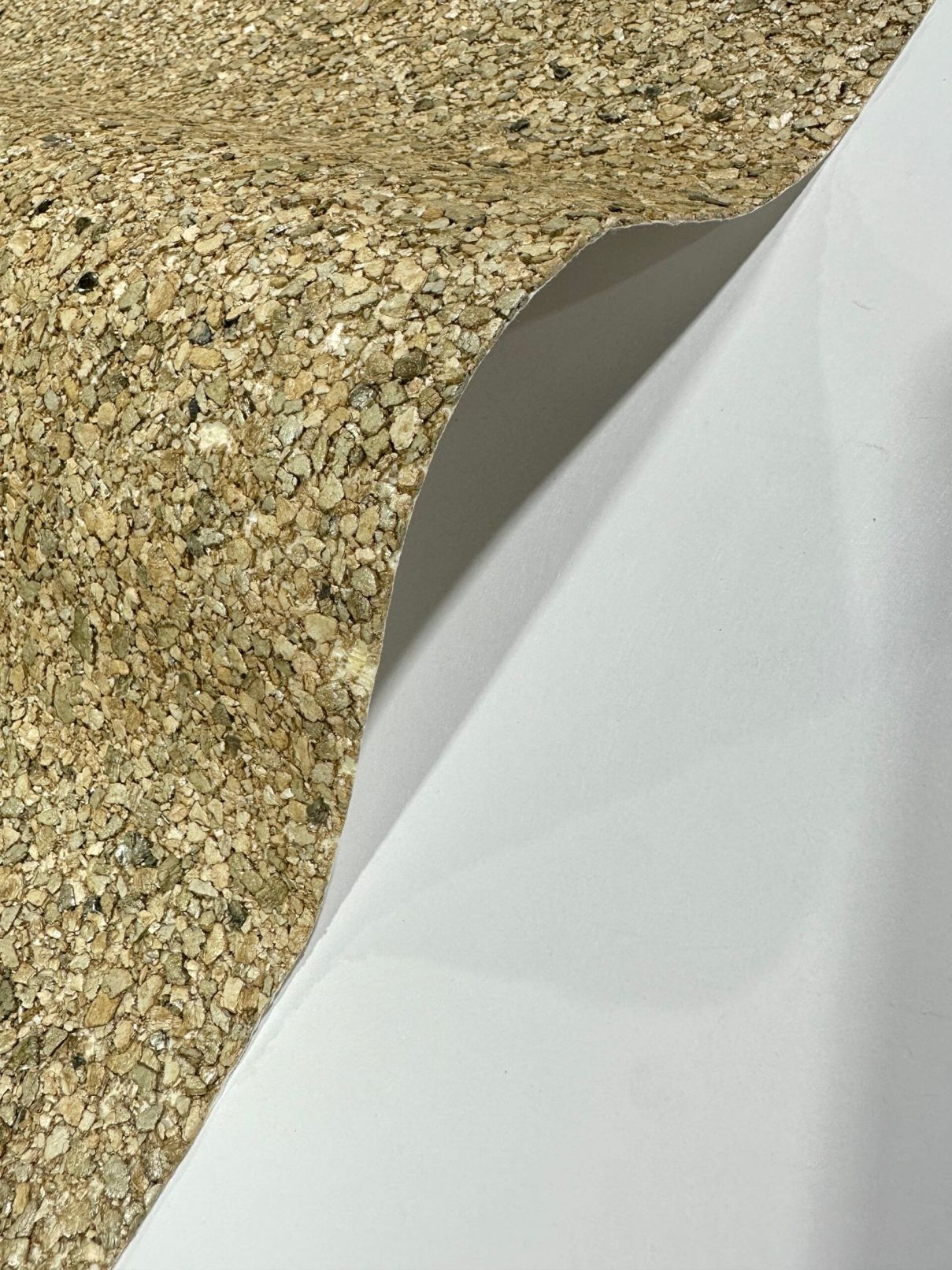
Mica Wallpaper
Mica Wallpaper is created from crushed silicate. Creating a tight mosaic of rock particles, it can often be combined with with metallic elements to provide a shimmer. In the example above, the Pebble Mica in the Sand colorway offers an array of shades in neutral tones.
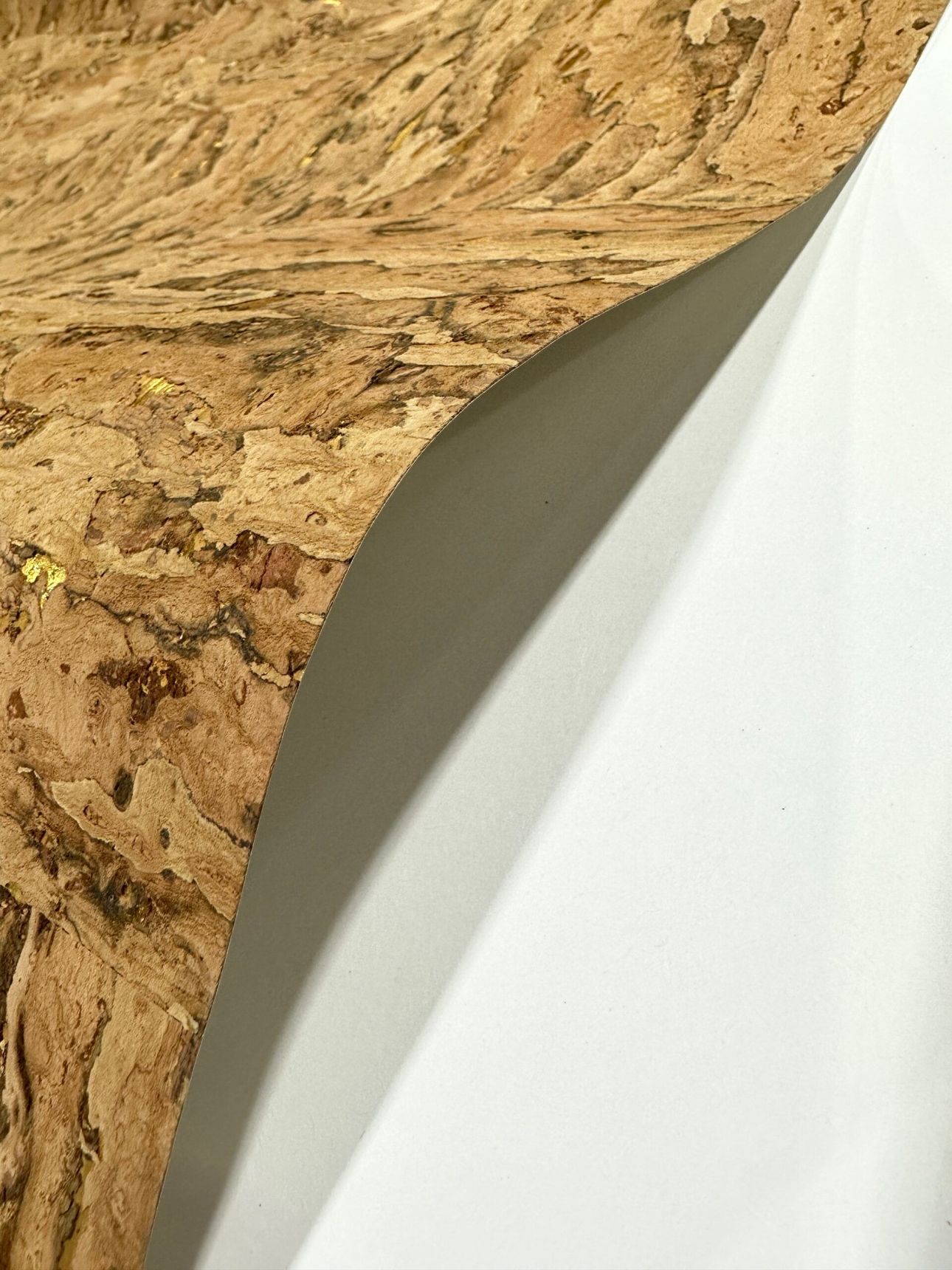
Cork Wallpaper
Cork is the bark peeled from the cork oak tree. It’s a sustainable way to source a gorgeous wood veneer for your walls. Often times the cork can be manipulated to create an almost marblized appearance. The above image is called Earth Cork in the Gold colorway.
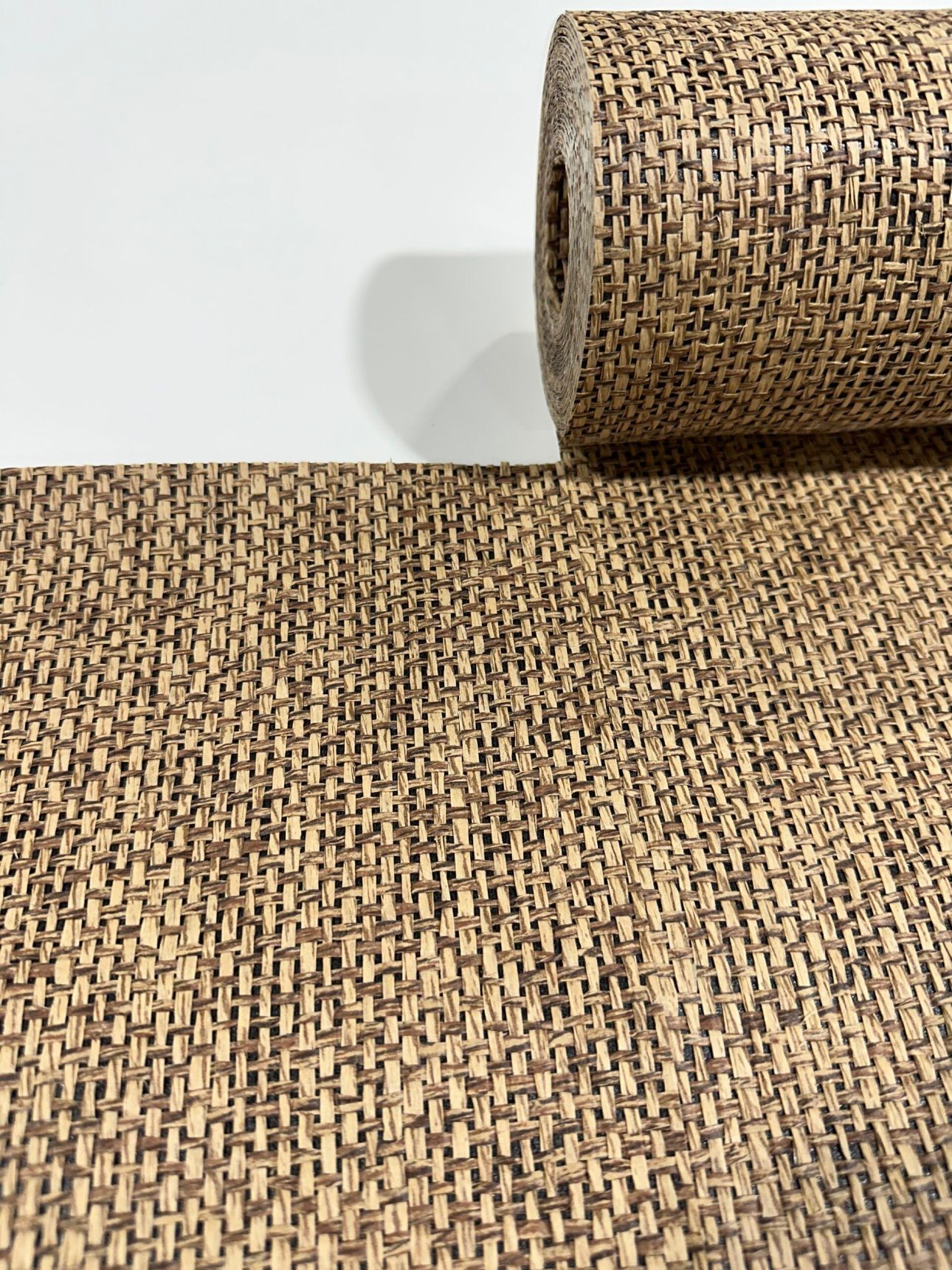
Features of Grasscloth Wallpaper
The Look
One very important feature to know about grasscloth wallpapers is regarding the aesthetic. Shading is a term used to describe the uneven look. Because they are comprised of various plants with different amounts of sun exposure and that absorb dyes unevenly, the shade may be darker or lighter from one roll to the next or even within a single roll. There may be a significant difference from the sample you order and the roll you order. Being aware of those differences is important. In addition, unlike traditional wallpapers, there is no pattern match and it is not meant to look seamless. You will notice where the panels of grasscloth join. These features are not to be seen as downsides of natural wall coverings. Rather, they are highlights that make a grasscloth product and installation wholly unique. If you’re looking for a more uniform and predictable option, a faux grasscloth may be more to your liking.
Sustainability
Grasscloth wallpapers are made from natural fibers. These fibers are renewable resources, as they come from plants that can be replanted and harvested. For example, cork is taken from the bark of the tree which fully regrows the removed bark within a decade. Grasscloth wallpapers also are biodegradable, meaning they can naturally break down over time without causing harm to the environment. They can also be composted, reducing waste and landfill burden.
Low VOC and Non-Toxic
Many grasscloth wallpapers are manufactured using water-based adhesives and inks with low volatile organic compound (VOC) content. This reduces indoor air pollution and improves indoor air quality, making it healthier for occupants. Generally, grasscloth wallpapers are free from PVC (polyvinyl chloride) and vinyl, which are materials commonly found in traditional wallpapers. Avoiding PVC and vinyl reduces the use of harmful chemicals and synthetic materials.
The Smell
Natural wall coverings can have an aroma. Yes, some of the scent will have less of an impact when they are aired out over time. However, grasscloths will have a smell, especially when opened from fresh packaging. If you are highly allergic to grasses and the like, it may not be the best option for home.
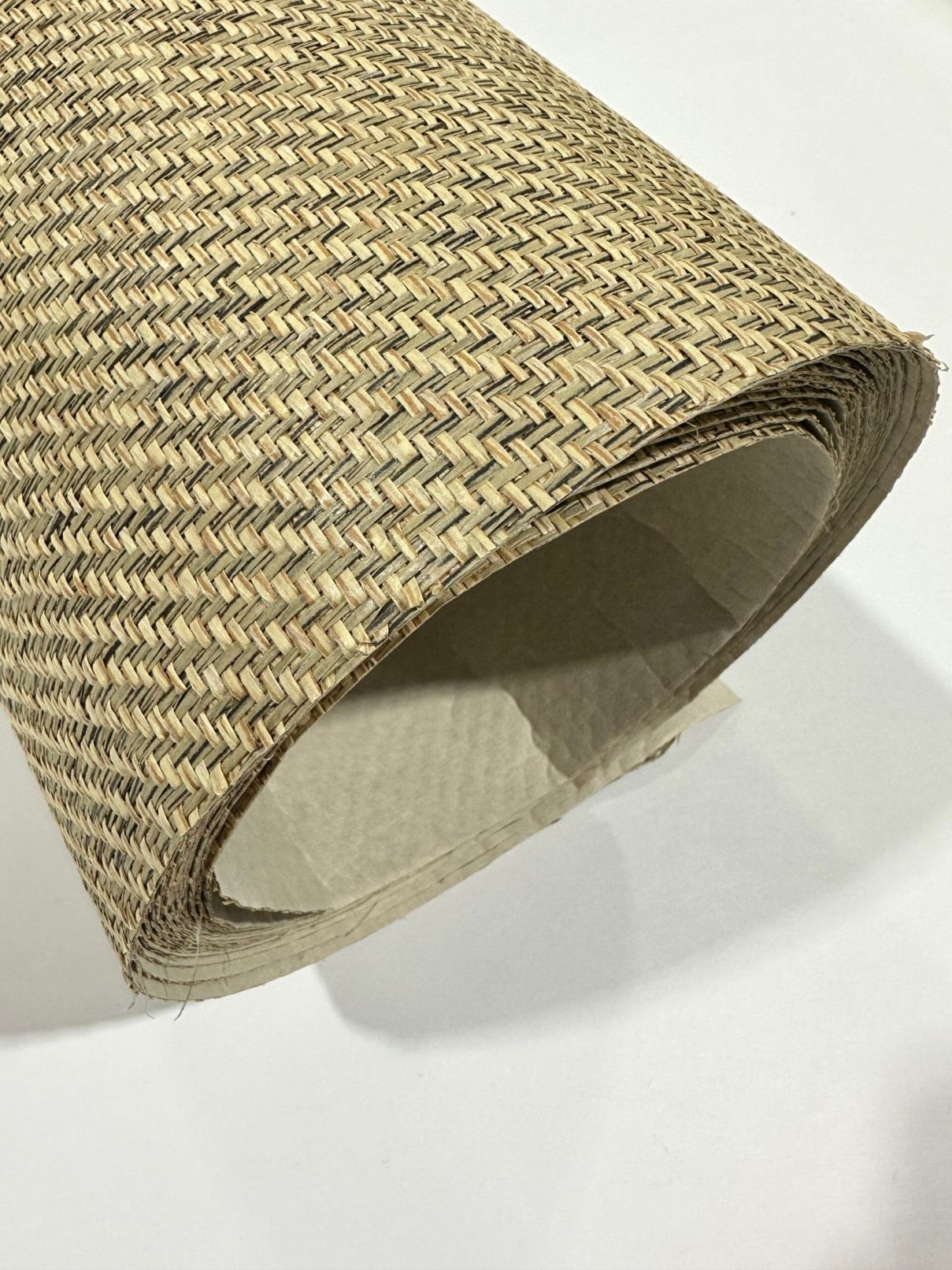
Installation
Hire A Professional – Grasscloth wallpapers are not meant for beginners. These wallcoverings are made of natural fibers and delicate. Unlike non-woven wallpapers that can have creases smoothed out, bends and creases in a grasscloth can be permanent. We recommend that you hire a skilled professional to install these types of wallpapers.
Paste-The-Paper – Paste should be applied directly to the paper. Be generous but avoid excessive paste. These grasscloth wallpapers will expand from the adhesive and some “booking” time is required. In addition, any paste that makes contact with the front can permanently stain.
Book The Wallpaper – “Booking” is a process where you fold the pasted sides of the wallpaper together, adhesive-to-adhesive, with the pasted side facing inwards. This allows the paste to activate and helps prevent it from drying out before you hang the wallpaper. Leave the wallpaper booked for a few minutes.
Pattern Repeat – Grasscloth wallpapers have no pattern repeat. The way these wallpapers are put together makes every inch of them entirely unique. There is no pattern to follow vertically or horizontally. This throws out the worry of having to match any pattern upon installation.
Care of Grasscloth Wallpapers
Grasscloths are natural wallpapers that will absorb moisture so it is important that they stay dry. You do not want to get them wet or put them in an environment like a bathroom or laundry room where there is high humidity or where they risk getting splashed with water or any liquid for that matter. Any substance that comes into contact with a natural wallpaper may cause it to expand, or worse, permanently stain.
In addition, grasscloth wallpapers can absorb smells. Odors from food or smoking can penetrate the wallpaper and become impossible to remove. Kitchens are also not good places for grasscloths.
Fading can occur if the grasscloth is regularly exposed to direct sunlight. Be aware of windows that allow for repeated exposure.
If you own cats, a grasscloth wallpaper’s scent can be an attractive lure for a pet to mark their territory or to use your wall as a scratching post.
High traffic areas where the natural wallpaper will be susceptible to wear and tear should be avoided.
Cleaning your grasscloth wallpaper should be done with a duster, a vacuum (on low power mode or with care) or by dry clean method. You may be able to get away with using a slightly damp cloth, but as mentioned above, any use of water or cleaning solutions can stain and ruin your wall covering.
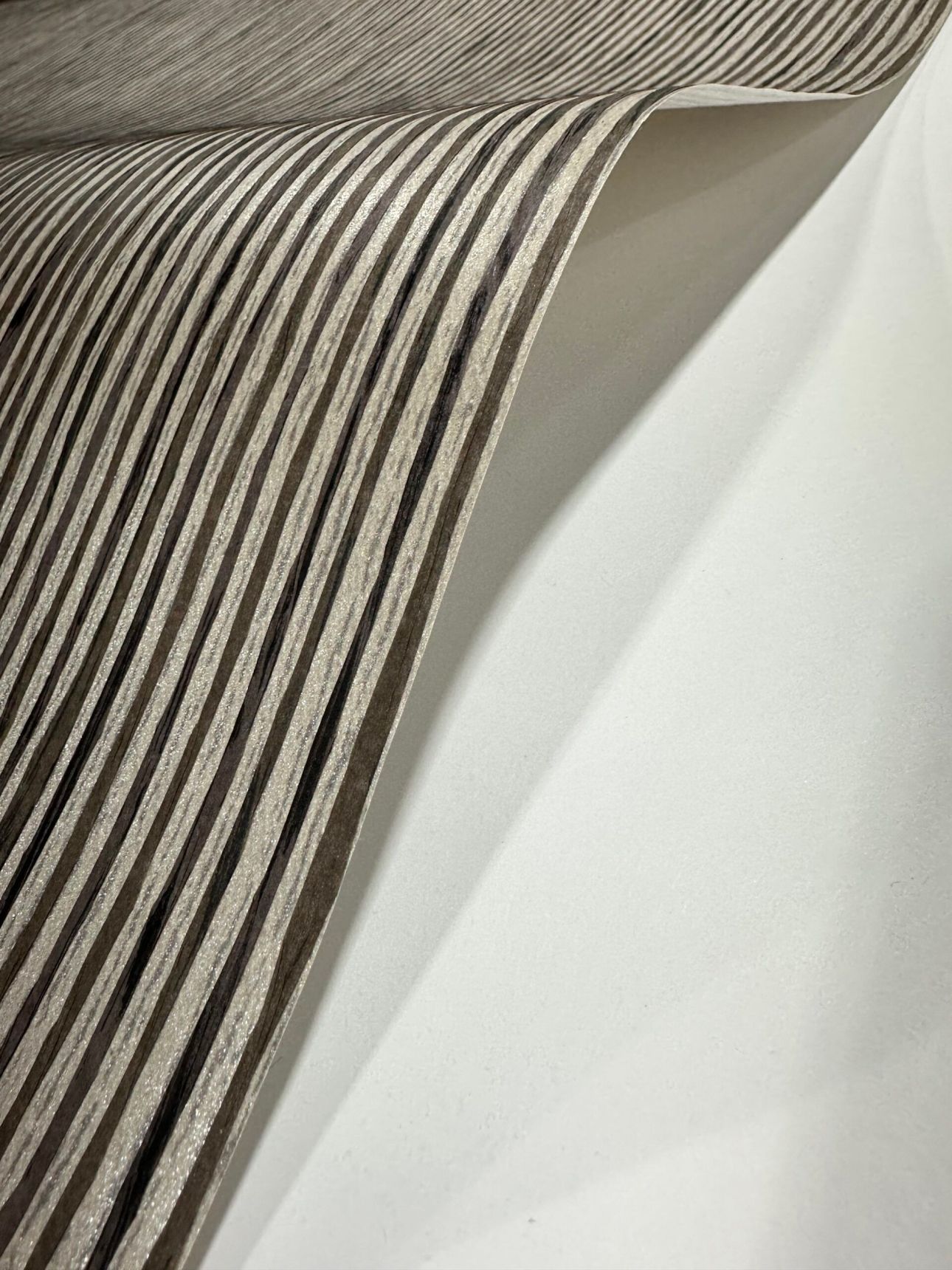
Pictured above: Paper String Grasscloth Wallpaper
Grasscloth wallpapers and other natural wallpapers offer a unique and beautiful feature to the home. They provide a sense of earthy, organic vibes to the space and can provide your walls with textures, patterns and colors to really add a heavy dose of character. These wallpapers are often more expensive because of the material, the process and the one-of-a-kind results, but they are also more delicate than other types of wallpapers. It’s always a good idea to order a sample and do your research so you can truly understand the care involved in having a grasscloth wallpaper and make sure you have a professional to assist you.
